A clamshell foldable that's designed for the masses and made me fall in love with foldable phones.
Samsung Galaxy Z Flip: The review
- Stunning design
- Excellent display
- Decent Battery
- Good Camera
- Great Performance
- Sleek Software
- Is it durable?
- The verdict: Should you buy it?
Foldable phones are mostly fantastic. I use a Galaxy Fold every single day, and while it's a great phone, it's too big for most people. Like a lot of flagships, the Galaxy Fold pushes the boundaries of what is pocket-friendly, and it's a problem affecting more people with every launch, especially as phones like the Galaxy S20 Ultra feature even larger screens than before.
Many of my friends lament the days of old where phones were smaller and fit in your pocket. When I showed one of them the Motorola RAZR recently, they fell in love with the small size, before immediately being turned off by the camera and battery life. It's for these types of people that a new wave of flip phones has launched, and the Galaxy Z Flip follows the Motorola RAZR in attempting to put big screens in a pocket-friendly phone.
Yet, as I discovered, small phones and early generations of foldable tech come with their own compromises. The Motorola RAZR has a great design, but misses the mark with so many areas. Thankfully, the Galaxy Z Flip proves that it was the phone, not the form factor, that was the issue.
Unlike the Motorola RAZR, or even the first attempt at the Galaxy Fold, the Galaxy Z Flip is a stunning foldable that's flipping fantastic.
About this review: This review is based on a week with a retail unit purchased from Best Buy. As you'll see in the battery section, I initially used this on Project Fi, before switching to Verizon's LTE network and drastically improving the battery life. Samsung loaned an initial review unit to Android Central for precisely 25 hours, and while a few of Andrew's initial observations are included in this review, the majority is based on my time with a retail unit that I personally purchased.
At a glance
Samsung Galaxy Z Flip
Bottom line: The Galaxy Z Flip takes a modern smartphone shape, and lets you fold it in half. It features a folding glass cover/display, a decent camera, flagship specs and decent battery life. There are compromises aplenty, namely in price and potential screen fragility, but this foldable gets closer than any prior to being a well-rounded phone.
The Good
- Excellent specs
- Decent battery life
- One UI 2.1 is sleek
- Fairly good cameras
- Incredible design
The Bad
- Expensive
- Possibly fragile display
- Long term durability concerns
- Questionable claims of "glass"
Design: A stunning reflective fingerprint magnet
The Galaxy Z Flip is a stunning device; there's no other way to put it. When you see it in person, the Mirror Purple color will take your breath away. It's reflective and a giant fingerprint magnet, which means you'll be constantly cleaning it. You could put it in a case — a basic clear one is included in the box — but doing so is like buying a beautiful sports car only to keep it in a garage.
The Galaxy Z Flip feels incredibly refined, and far superior to the Motorola RAZR.
The phone itself features sleek lines and near-perfect symmetry. Unlike the Galaxy Fold there is no large, ugly notch on the inside screen. There's also a single front facing camera atop the screen which is in the middle of the phone, and is perfect for Google Duo video calls (more on that later). Around the whole screen, there is a raised bezel that prevents the screen from hitting itself when you fold over, as well as preventing dust and dirt from getting beneath the screen.
The Galaxy Z Flip is an exercise in refinement. With the original Galaxy Fold last year, it was clear that it lacked the polish that helped justify the cost of a very expensive smartphone. Similarly, with the Motorola RAZR, it felt like a first-gen smartphone with obvious compromises. The Galaxy Z Flip is clearly still a first-gen smartphone, but the hinge, display and overall design feel coherent and thoughtful.
Samsung Galaxy Z Flip vs. Motorola RAZR: Which should you buy?
It's also the first Samsung smartphone I can remember that you could describe as truly breathtaking. Most phones utilize the candybar form factor and stick to mostly neutral colors, but the Galaxy Z Flip looks iridescent and commands attention. It's the nicest-looking smartphone I've used in a long time.
The power button is located on the right of the bottom half of the phone, meaning it's easy to press when the screen is folded close. With the tighter hinge that Samsung has deployed, the Galaxy Z Flip is definitely thicker than most phones we've become accustomed to, but it doesn't pose a problem. The thickness is a by-product of the flip form factor, and considering that it makes a big phone much more pocketable, it's a trade-off worth accepting.
The taller 21.9:9 aspect ratio of the Galaxy Z Flip means it's also slightly narrower than a typical handset, allowing it to be more ergonomically friendly. It's one of the few phones I can remember that is so darn easy to wrap your hand around and grip both sides. The Galaxy Z Flip is so comfortable that it makes other phones feel strange in the hand, which is no mean feat.
Hinge and display: Polished and practical
When I think of ideal foldable smartphones or computers, the first thing that comes to mind is a hinge that stops at multiple angles. Using the Galaxy Fold and the Motorola RAZR reinforced these feelings, and the Galaxy Z Flip finally delivers.
You might be wondering why you should care about a hinge that can be positioned at different angles, and the answer is pretty simple. Whether you're lying in bed, having a video call while getting ready, or just scrolling while the phone is in front of you, being able to adjust the angle of the screen makes these tasks effortless.
The hinge is considerably tighter than that on the Motorola RAZR or Galaxy Fold, which is necessary to ensure it can be positioned at any angle between roughly 20 and 160 degrees. That's part of the Z Flip's charm, but also has some side effects. By re-engineering the hinge to allow it to stop at any of those angles, Samsung made the phone much harder to flick open and close. As a result, I've struggled to find a way to make opening the phone feel natural, although you quickly learn where to position your fingers so it's easy to adjust. When you do slam it shut, it offers that satisfying 'click' we've come to expect from foldable phones and closing it does end a call, although it takes a few seconds.
Beyond the practicality of the hinge, the Galaxy Z Flip shows just how many advancements Samsung is making around foldable technology. A year ago, the company's first foldable had a failed launch, before the big problems were addressed a few months later when it finally went on sale. I love the Galaxy Fold, and it's great to see improvements made around the hinge and fragility of the display in the Galaxy Z Flip.
There are a few parts to this, including the raized bezel, fibers that brush away dust beneath the screen, and reducing the number of gaps between the display and hinge. Most importantly, the design of the Galaxy Z Flip means the glass display is tucked beneath the raised bezel and there are far fewer opportunities for someone to accidentally pry up the screen, or for dust to get underneath and damage the display.
Alongside the edges of the screen, you'll find end caps that are so similar to the ones on the refreshed Galaxy Fold. Beneath the edges is Samsung's true hidden magic, as the Z Flip uses little fibers to sweep and brush away any dirt and debris before it can affect the integrity of the screen. Granted, I haven't had time to test these claims, but if it does work as described, it's an impressive improvement from the troubles of the original Galaxy Fold. An iFixit teardown, however, shows that an inundation of dust and debril will pose an ingress problem.
The ultra thin glass screen on the Galaxy Z Flip is a game changer for the future of technology.
Samsung is clearly very proud of the advancements in the Galaxy Z Flip's display. The company pointed out in many different ways that the Z Flip's screen is covered with "ultra thin glass," not plastic. This was enough to make the Z Flip incredibly interesting to me, especially considering the state of other foldable displays.
There's already considerable controversy over whether the screen is actually "glass" or not, but regardless of the exact material, it's clearly not the substrate we know from our time using smartphones over the past decade. At some point however, we need to move beyond these complaints and understand the technology and nuances for what they are. Yes, this display covering is clearly much more fragile than the Gorilla Glass 6 on the Galaxy S20, but it also *folds in half".
The switch to "glass," or a glass-like substance, also shows that foldable smartphones are progressing at a faster rate than anyone really expected. Launched within the last six months, both the Motorola RAZR and Galaxy Fold feature plastic screens, which are noticeable as being less durable to the smartphone screens we're used to. In comparison, the Galaxy Z Flip feels like a regular smartphone that folds, rather than one that uses an inferior display.
That said, there is still a compromise (as there will be with most foldable devices): the crease in the screen. While significantly less noticeable than the Galaxy Fold or Motorola RAZR, it's still present and you can feel it when scrolling over the screen. I did quickly learn to look past it, and within a couple of days it became second nature, but it's definitely there.
The main screen is a 6.7-inch FHD+ Foldable Dynamic AMOLED display, while the Cover Display measures 1-inches. The main display features all the characteristics of any Samsung screen, including vibrant colors and deep blacks. The Cover Display? Well, Samsung shouldn't have bothered.
The Galaxy Z Flip features the biggest screen in a tiny phone.
This is one of the worst parts of the Galaxy Z Flip. Unlike the Peek Display on the Motorola RAZR, the Cover Display is so small that it's basically useless. The display shows the time and date, and lets you scroll through select notifications and media playback. But it requires double tapping the tiny display to activate, and then takes another series of taps to display some limited scrolling information. The simplest way to sum it up is that the Cover Display times out while scrolling a notification, revealing nothing of value.
Don't let that detract you from the Galaxy Z Flip, though. The Cover Display is hit and miss, but the main screen is the best of any foldable I've used. There's no creak, no flexing when you press on it with force and the screen is completely flat. That's major progress for foldables, and this is the first foldable that doesn't feature a huge compromise in the quality of the display.
Cameras: Almost flagship level
The Cover Display sits next to the 'rear' cameras, and a double press of the power button can launch those cameras ready to take a selfie. Initially, adjusting to only seeing a 1-inch crop of the image was a challenge, however it only took a few days before I was able to take a selfie with a fair degree of accuracy.
There are two 12MP cameras present on the "rear" of the Galaxy Z Flip, which also double up as dual selfie cameras when the Z Flip is shut. This camera array is essentially the same as the one found on the Galaxy S10e last year, complete with missing telephoto camera.
As we saw with the Motorola RAZR — and unlike the Galaxy Fold — 'flip' phones present challenges in terms of space, which has the knock-on effect that they won't feature all the bells and whistles from comparable flagships. While some will lament the lack of telephoto camera, it makes sense for Samsung to offer features most people will use, and I'd much rather have an ultra-wide camera than a telephoto. It's just more versatile.
You won't buy the Z Flip for its cameras, but they get the job done.
The two main cameras offer similar performance to the Galaxy S10 range of last year. These were among of the best cameras last year, and the Galaxy Z Flip puts out photos and videos of similar quality. This isn't the phone you'll buy for its cameras, but they're mostly capable of taking pictures you'll want to share on social media.
In great lighting conditions, the Galaxy Z Flip takes great images full of detail and featuring a rich degree of sharpness. As with all of its phones, Samsung's image processing leans more towards higher saturation and more visually appealing images, as opposed to the more neutral and natural profiles found on the iPhone and Pixel series, respectively.
Regular (left) vs night mode (right) on the Galaxy Z Flip.
As the light drops however, so does the camera's performance. Low-light has been one of Samsung's camera weaknesses — at least until the Galaxy S20 series — and the Galaxy Z Flip doesn't feature any big improvements in low light conditions. Images are usually lacking in detail and sharpness, and often they're unusable. None of this is new to Samsung phones and while it seems to have been improved in its new range of phones, the Galaxy Z Flip isn't a camera champion.
That said, it does feature the same set of features we've come to expect from Samsung, including Live Focus mode. Almost an extended portrait mode, this allows you to apply a variety of different depth effects to pictures including bokeh (blur), a big circle effect (essentially completely obfuscating the background), a spin effect, a zoom effect and my favorite, Color Point.
Color Point lets you keep one part of the image in color while desaturizing the rest so it's black and white. As a result, you can take some really artistic and creative photos of people and objects, as you'll see below.
What about when the phone is unfolded? Taking selfie with it in this mode definitely results in reduced quality, as it's not using the "main" cameras. Instead, the Galaxy Z Flip is outfitted with a pretty standard 10MP selfie camera that isn't the best but will get the job done.
One of the best things about the design of the hinge is that you can prop the Z Flip up to take a group selfie with friends. For the most part, this works just as you'd expect and the "wide-angle" selfie mode simply widens the angle of the shot a little. It can be handy, but if you're using it in low light, there's one big problem.
If you do prop the phone up or use it half folded, the low light conditions trigger the selfie flash. For most phones, this isn't a problem, but for the Galaxy Z Flip, the whole screen lights up meaning the bottom half of the screens shines a lot of light upwards. As a result, images have a lot of lens flare in them and look like they were taken with a five-year-old smartphone camera.
This is hugely frustrating, but even more frustrating is that it's a really simple yet glaring omission by Samsung. Considering the rest of the camera app cleverly adjusts layout when propped up – so all the controls are at the bottom and the viewfinder is the top half of the screen – it's strange that the company wouldn't disable the flash feature for the bottom half. This can be easily fixed via software, and I hope they'll do so, as this essentially ruins any low light selfies when the phone is "sitting".
The Galaxy Z Flip's cameras won't win any awards, but it's not designed to. You're not buying this phone for its cameras, you're buying it for the refreshing approach to smartphones it offers. While these cameras aren't on par with Samsung's latest flagships — as well as many others in the space — they are miles better than the only other folding flip phone, the RAZR. As such, the Galaxy Z Flip shows that while there are some trade-offs due to physical constraints, flip phones can feature reliable cameras.
Performance: Flagship specs with a couple of compromises
One area where the trade-offs are minimal is in the specs. The Galaxy Z Flip essentially features the internal specs of the Galaxy S10 from last year, meaning it's a flagship specs sheet that's slightly out of date. Considering the Z Flip has probably been in the making for several years, Samsung deserves plaudits for using a flagship specs list, rather than the mid-range specs found in the Motorola RAZR.
The whole package is powered by a Snapdragon 855+ processor, 8GB of RAM and 256GB of internal storage. While not on par with the Snapdragon 865 processor and 12GB of RAM as base in the Galaxy S20 series, the processing package inside the Galaxy Z Flip is more than capable of handling anything you throw at it.
| Category | Galaxy Z Flip | Motorola RAZR |
|---|---|---|
| Operating System | Android 10 One UI 2.0 |
Android 9 |
| Main Display | 6.7-inch Dynamic AMOLED 2636 x 1080 425ppi 21.9:9 aspect ratio |
6.2-inches Foldable P-OLED 21:9 aspect ratio 876x2142 (373 ppi) resolution |
| Cover Display | 1.06-inch Super AMOLED 300 x116 303ppi |
Second external G-OLED display 2.7-inches 600x800 |
| Processor | Qualcomm Snapdragon 855+ | Qualcomm Snapdragon 710 |
| Memory | 8GB RAM | 6GB RAM |
| Storage | 256GB | 128GB |
| Expandable | ❌ | ❌ |
| Rear Camera 1 | 12MP wide f/1.8 aperture 1.4um |
16MP wide f/1.7 aperture |
| Rear Camera 2 | 12MP ultra-wide f/2.4 aperture 1.12um |
❌ |
| Front Camera | 10MP f/2.4 aperture 1.22um |
5MP f/2.0 aperture |
| Battery | 3,300 mAh | 2,510 mAh |
| Charging | Quick Charge 2.0 Qi wireless charging Wireless PowerShare |
TurboPower 15W |
| Dimensions (Folded) | 73.6 x 87.4 x 17.3mm | 94 x 72 x 14 mm |
| Dimensions (Unfolded) | 73.6 x 167.3 x 7.2mm | 172 x 72 x 6.9 mm |
| Weight | 183g | 205g |
While there may be some concern around a slightly outdated processor, there's no noticeable performance issues as I never manage to hit any resource limitations or lag during my time with it.
For the most part, these specs are fairly future proof. In a year or two, the Snapdragon 855+ should be able to keep delivering a solid all-round performance, and 8GB of RAM should still give you enough headroom not to be held back.
Of course, the Galaxy Z Flip doesn't feature 5G. This is likely down to the physical constraints within the device — 5G requires more and larger antennas. If you decide to keep the Galaxy Z Flip for two years, your next flip phone could well have 5G and might offer the natural upgrade.
Battery life: More than acceptable despite limitations
Looking at the specs list, one number immediately jumps out: the 3,300 mAh battery inside the Galaxy Z Flip, First, this is actually two batteries which combine to form that capacity. Two cells is less efficient than one larger battery cell, meaning there are inherent compromises in the battery that are necessitated by the design. This was most apparent in the Motorola RAZR, which has a 2,510mAh battery that won't last more than half a day.
Now that we've got that out of that way, what about the Galaxy Z Flip? Does it feature the same battery issues as the Motorola RAZR? The simple answer is no. Having just reviewed the Motorola RAZR, I was incredibly wary of the Galaxy Z Flip's battery. Thankfully, I didn't need to be.
For the most part, the Galaxy Z Flip has delivered all day battery life to me. There were a couple of days of slightly heavier usage where it needed to be charged at around 13 hours, but otherwise, it would see me through 16-18 hours on a full charge.
During this time, on average I was able to use it for about five hours. That's not quite on par with some flagships that offers six or seven hours of usage, but considering the battery size, Samsung has optimized the battery life fairly well. On some days, usage was high as seven hours, while on days with heavier camera usage — or where I've been primarily using it outdoors and the screen is set at a brighter level — it can be as low as four hours.
Despite some variance in certain cases, I'm comfortable with the battery life the Galaxy Z Flip offers. Yes, it's not going to be win any awards for battery life but again, it's a phone that folds. There's always trade-offs when you have to split batteries, but Samsung has manage to mostly negate them.
There is one caveat to the battery life discussion: your choice of carrier. The area in Brooklyn that I live in features great cell signal on Verizon only, with the rest of the carriers mostly unusable. Initially using the Galaxy Z Flip on Project Fi, my battery life was atrocious, even worse than the Motorola RAZR. However, switching to Verizon delivered the consistently reliable battery life I've mentioned above. Simply put, picking the right carrier is crucial.
Software: One UI is sleek and reliable
Samsung has previously been panned for its software — I can still imagine TouchWiz and shudder to think what it would be like on foldables — but One UI is a marked shift for the company. Beginning with the Galaxy S10, we saw a user experience that featured deliberate design decisions rather than an incoherent experience. The result was a great software experience, which really shows in the Galaxy Z Flip.
I'm not going to go into minute details about all the changes in One UI 2.1, but check out the video below where Alex Dobie walks you through the key details.
I said in my Galaxy Fold review that Samsung's software feels like it was meant for foldables, and in particular, multitasking is a joy on the Galaxy Z Flip. Unlike the Fold which has a large display to make use of, the Z Flip simplifies the exeprience by allowing you to split the screen in two along the crease. Then, you can run one app on either half of the screen. It's not ingenious, but it feels very natural and exactly how you'd want to you multitask.
Similarly, Samsung has also made some key optimizations in the software to make use of the flip form factor. Working closely with Google, a small handle of apps feature "Flex mode" interfaces that have been specifically optimized for the form factor, which are activated when the phone is folded at a roughly 90-degree angle.
In the camera app, the viewfinder is in the top half, while the controls are in the bottom. In the gallery app it's similar, while the YouTube app is meant to support these customizations but wasn't available on my Galaxy Z Flip yet.
Folding the phone at roughly 90-degrees allows it to be near perfect for video calls. Google's Duo is preloaded in contacts and the dialer on the Galaxy Z Flip, as well as the Galaxy S20 series, and has been optimized for the Flex mode with a similar UI. I don't use Google Duo very often, but folding the Z Flip and propping it up certainly made me reconsider, especially when I'm outside in the cold New York weather.
Yet, despite all its improvements, it's clear that Samsung and Google still need to optimize things further. Although the Flex mode features will be available to all foldables, Android itself needs work. And with no set standard for the front display, each app will likely need to be optimized to work with specific features. Which is tedious and will result in a disjointed experience. For example, when a call comes in on Google Duo, nothing displays on the Cover Display.
Should you be worried about durability?
One of the biggest concerns everyone has raised with foldable devices is durability. And with some degree of truth: it's absolutely clear that folding displays are far less durable than other smartphones. Although companies like Corning are working to resolve this, it's one big caveat around buying a folding phone.
Similarly, there's no dust or water protection, meaning while this may be able to take a few drops of rain, it needs to be kept away from deluges and you should remove it from your pocket before going swimming. I've only used the Galaxy Z Flip for a week so it's hard to know if it can survive day-to-day long-term usage, but there are a few key takeaways already.
First, you need to treat it with a certain amount of care. When you unbox the Z Flip, Samsung makes it clear that you should make sure there's no dust, debris, coins, keys or anthing else sandwiched between the folded display when you put it in your pocket. This screen will get damaged more easily than a regular phone.
Second, the Galaxy Z Flip is slippery — really slippery. Put it on a flat surface, and it'll find a way to slide off. This means you'll be constantly on the lookout for it dropping, and if it does, it may end in disaster. That said, I accidentally dropped my Galaxy Z Flip on the top edge onto my bathroom tiles from about three feet, and it survived just fine aside from a couple of small scuff marks.
The best trick the Galaxy Z Flip pulls is feeling like a 'normal' phone when it's open.
Third, while it may still be somewhat fragile, it doesn't feel it. I can't specify this enough: it feels like a normal smartphone thanks to the "glass" screen, meaning you have to be mindful to treat it like it is potentially fragile.
With all of those caveats, I actually don't have any concerns about durability. In the past week, I've experienced nothing to suggest it will easily break (unless you take a sharped edge to the display, which you definitely shouldn't do). While it is fragile, it doesn't feel like it and this is probably one of Samsung's greatest tricks: it's made the Galaxy Z Flip feel like a normal smartphone.
The Galaxy Z Flip is flipping fantastic, but should you buy it?
Ultimately, the key question surrounding whether you should consider buying a Galaxy Z Flip is whether you trust Samsung's claims about durability. During the past week, I've had no durability concerns, but it's clear that the Z Flip is more fragile than a regular smartphone.
The Galaxy Z Flip is the sexiest smartphone I've ever used, and I don't want to put it down.
There's perceived value in being able to fold the phone in half, which is one of the main reasons to buy the Z Flip. Because, unlike the Galaxy Fold, you're not paying to get more screen real estate, you're paying to make your existing phone smaller. Yes, it features a great design and packs the wow factor, but this comes with its own set of compromises.
That said however, the Galaxy Z Flip is easily the best-looking smartphone I've ever used, and I found myself never wanting to put it down. Whether just to admire its iridescent looks, or to open and close the display instead of fidgeting or tapping my foot, the Z Flip found a way to leave a mark on me.
I didn't expect that I'd find value in being able to fold the phone in half, but the Z Flip has made me rethink phones all over again. While the Galaxy Fold showed the utility side of a foldable device, the Galaxy Z Flip makes all phones boring. I've already been mildly confused when trying to fold another phone closed and realizing it's not the Z Flip.
Samsung is clearly closing the gap between flat and foldable phones, but there's still compromises to be made.
Beyond the incredible design, the Z Flip also showcases an exciting future for foldables. Samsung is clearly closing the gap between flat and foldable phones at a rapid pace, and while the company isn't there yet, the advancements from the Galaxy Fold to the Galaxy Z Flip should not be underestimated.
Whether you should buy the Galaxy Z Flip is another question. Unlike the Motorola RAZR which no-one should buy, the few compromises in the Z Flip don't hugely affect the overall experience. At a price that's $380 more than the base Galaxy S20, you should probably be certain that you see value in the combination of the compact form factor and novelty (or wow factor, if you will) of folding the phone in half. Because in order to get those two things, you're making a few compromises that all detract from the smartphone experience we're all used to.
With all that said, I paid $1,380 for the Galaxy Z Flip and I am very happy with my purchase. The Motorola RAZR was an instant return back to Motorola for me, but the Galaxy Z Flip is going nowhere. It is already the phone I want to use when I go out, and it's fast becoming one of my favorite phones of all time. Simply put, it's a flipping fantastic foldable.
Next generation
Samsung Galaxy Z Flip
Another way to think about foldables.
The Galaxy Z Flip takes a modern smartphone shape, and lets you fold it in half. There are compromises aplenty, namely in price and potential screen fragility, but this foldable gets closer than any prior to being a well-rounded phone.
from Android Central - Android Forums, News, Reviews, Help and Android Wallpapers https://ift.tt/32kB8bX
via IFTTT

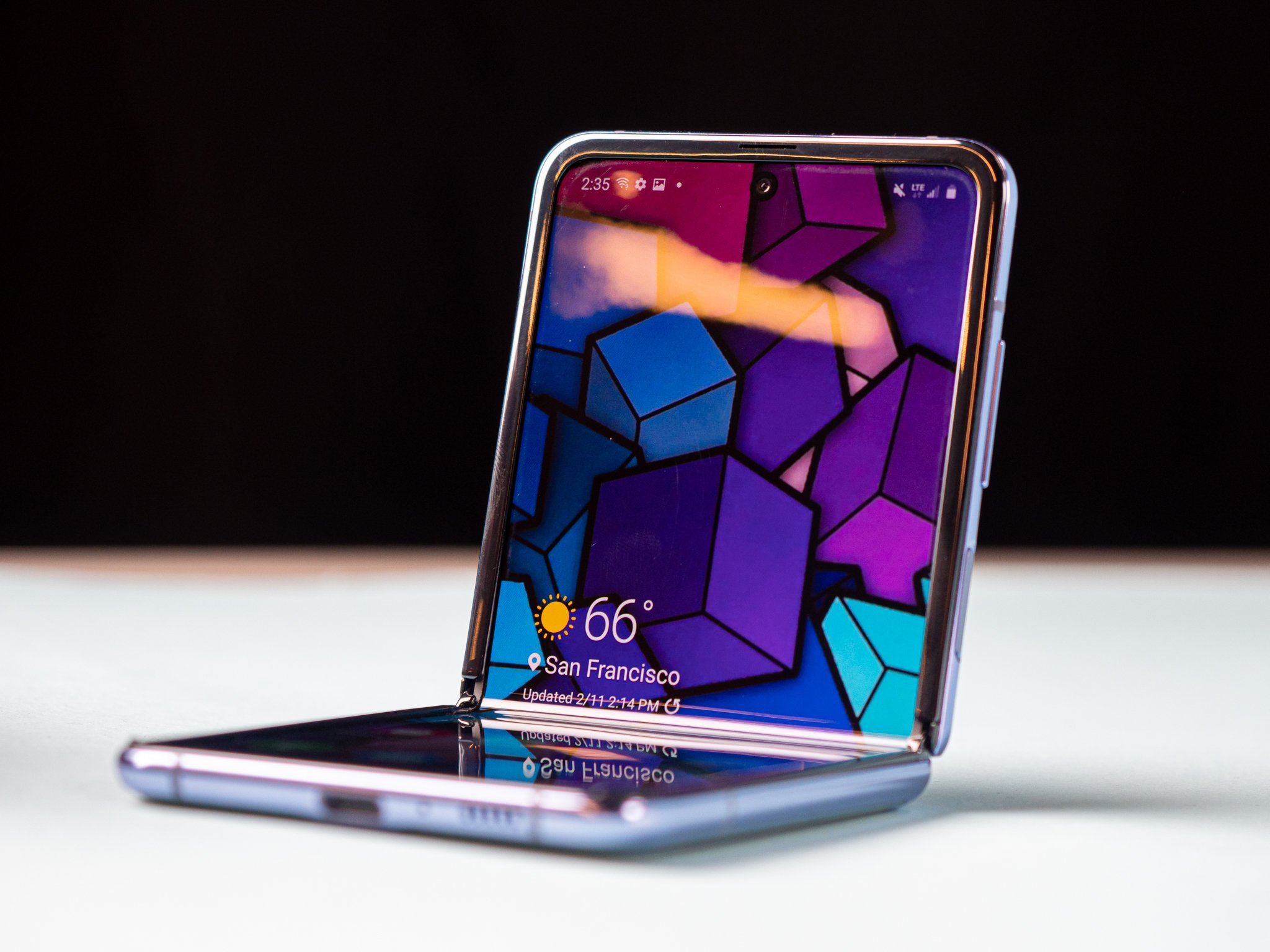

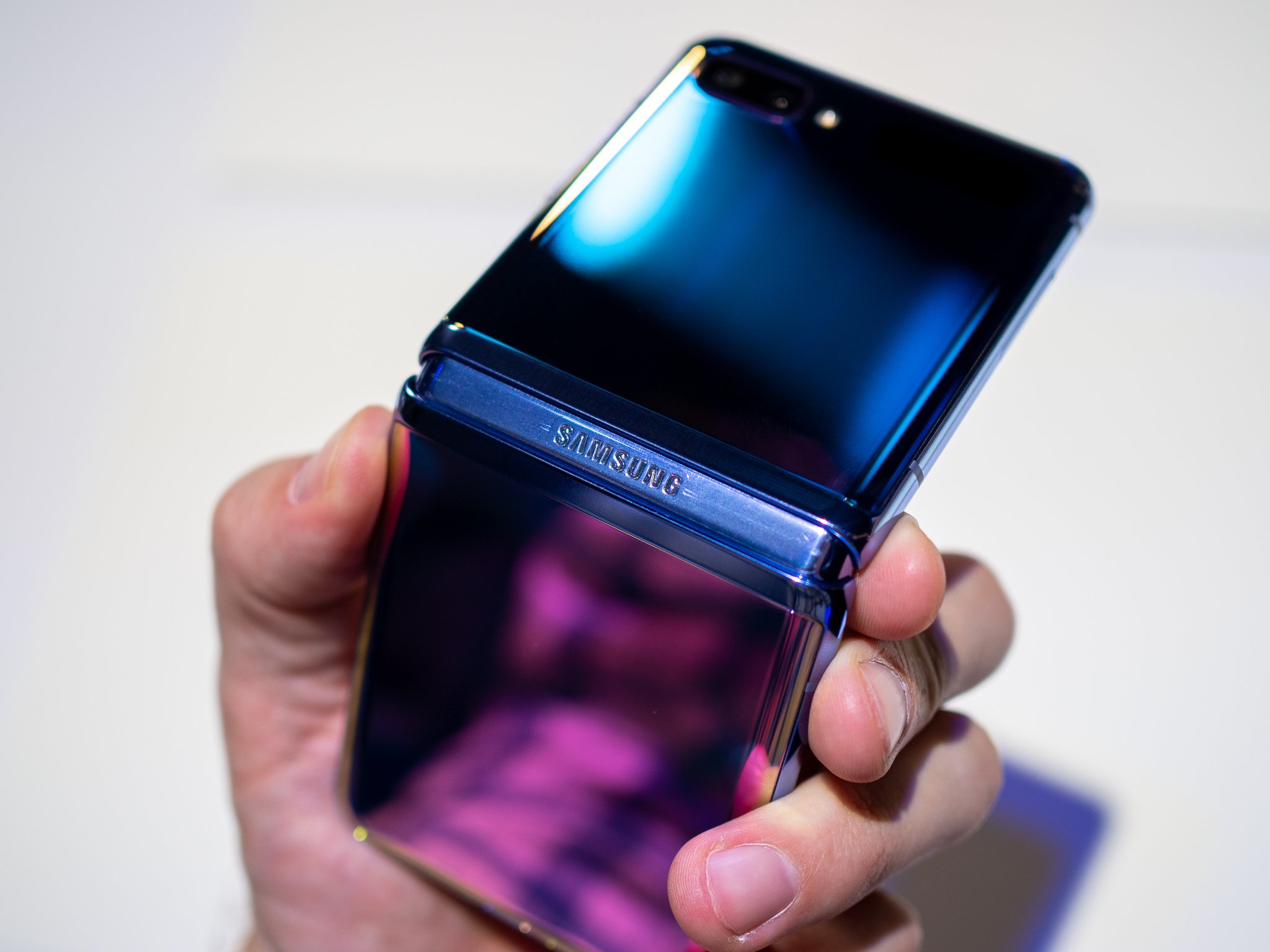
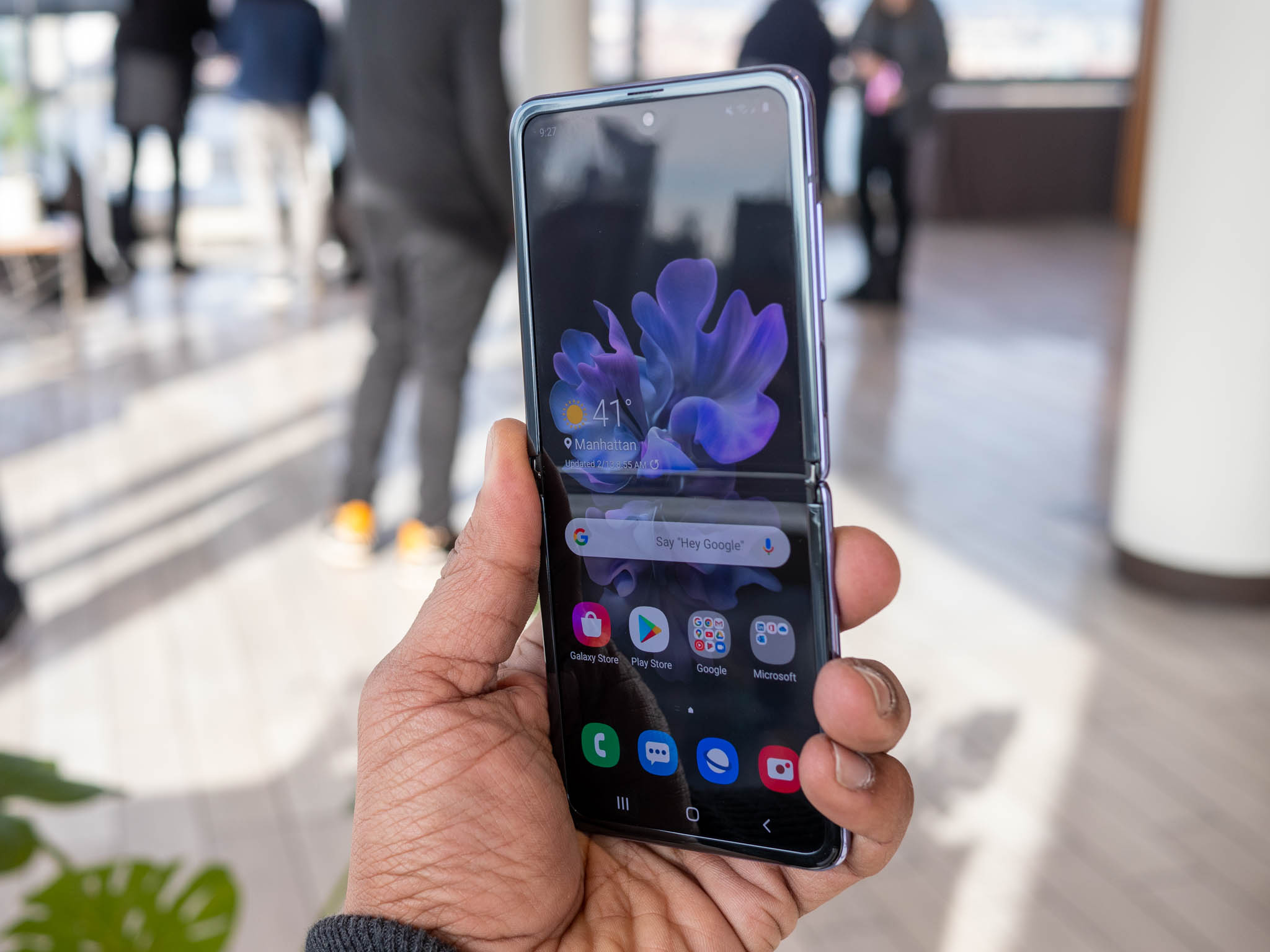
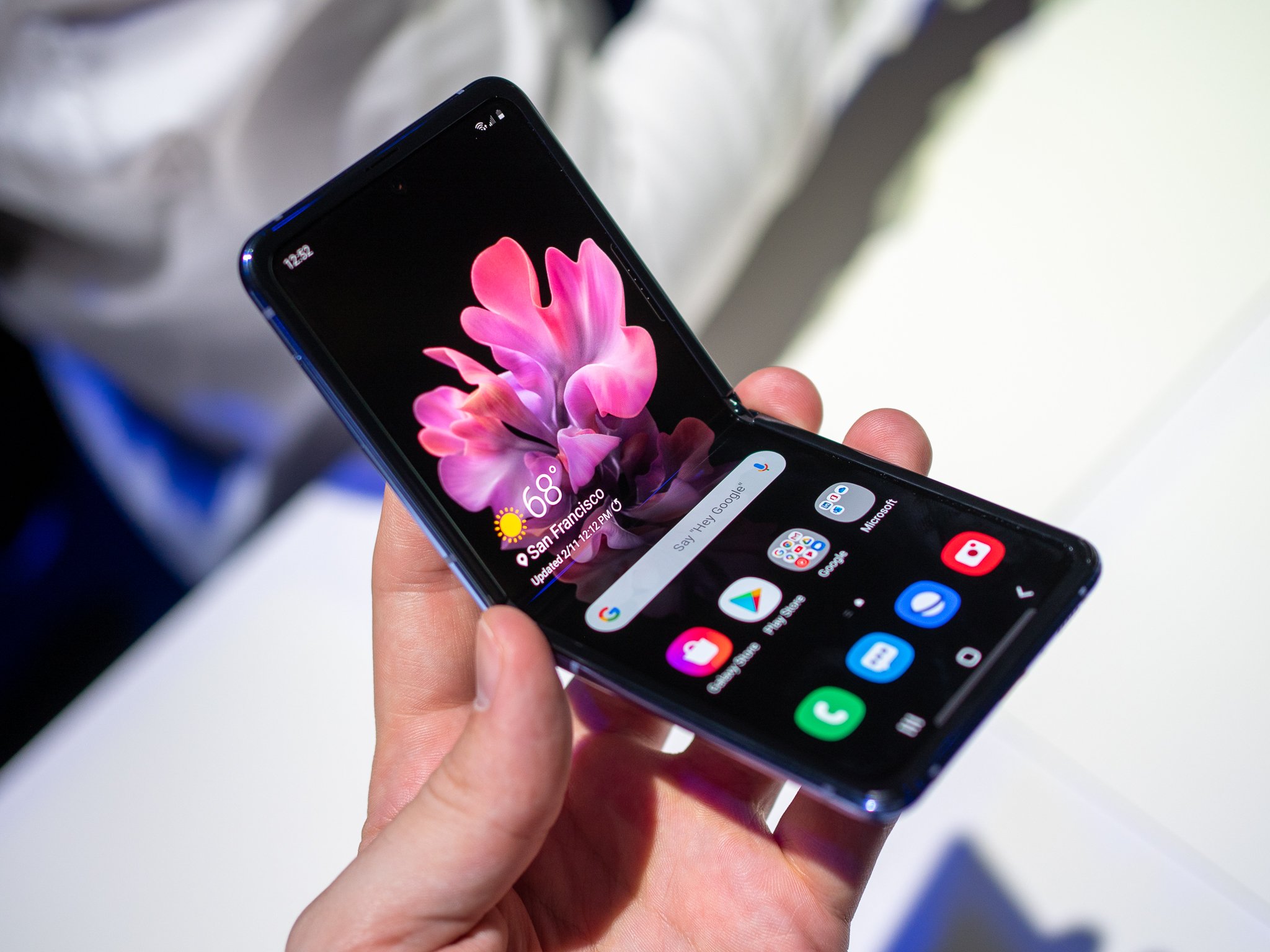
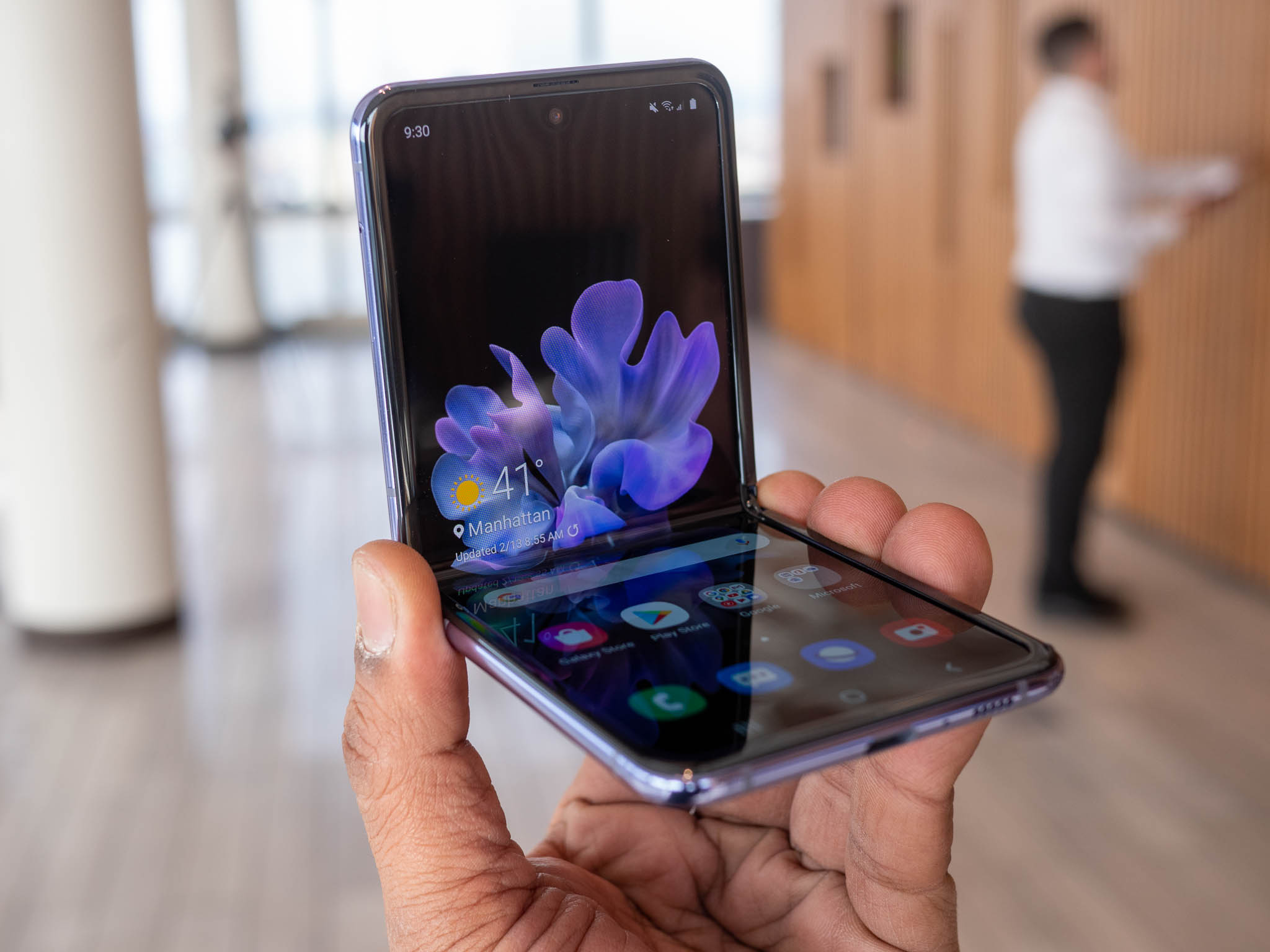
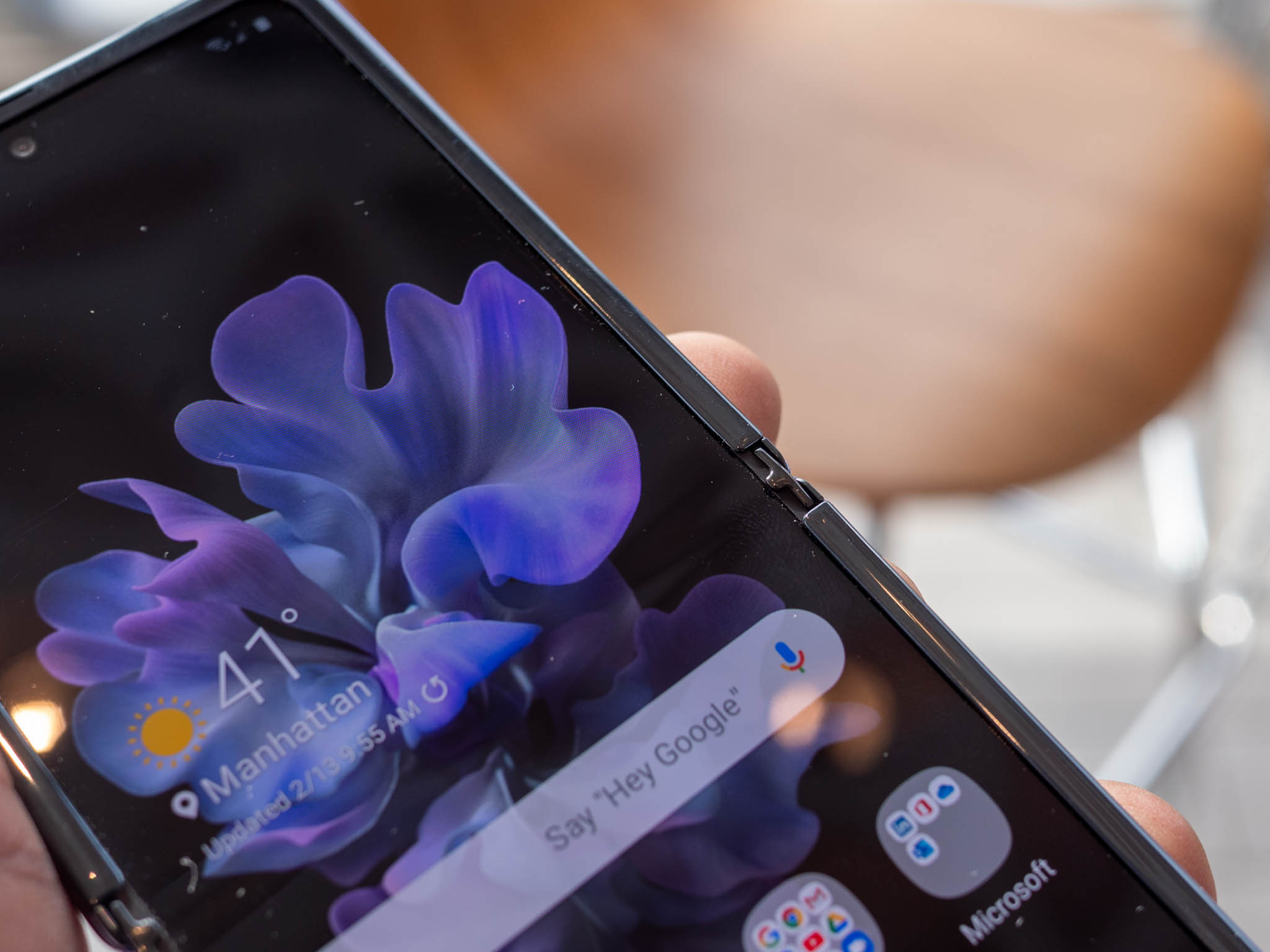
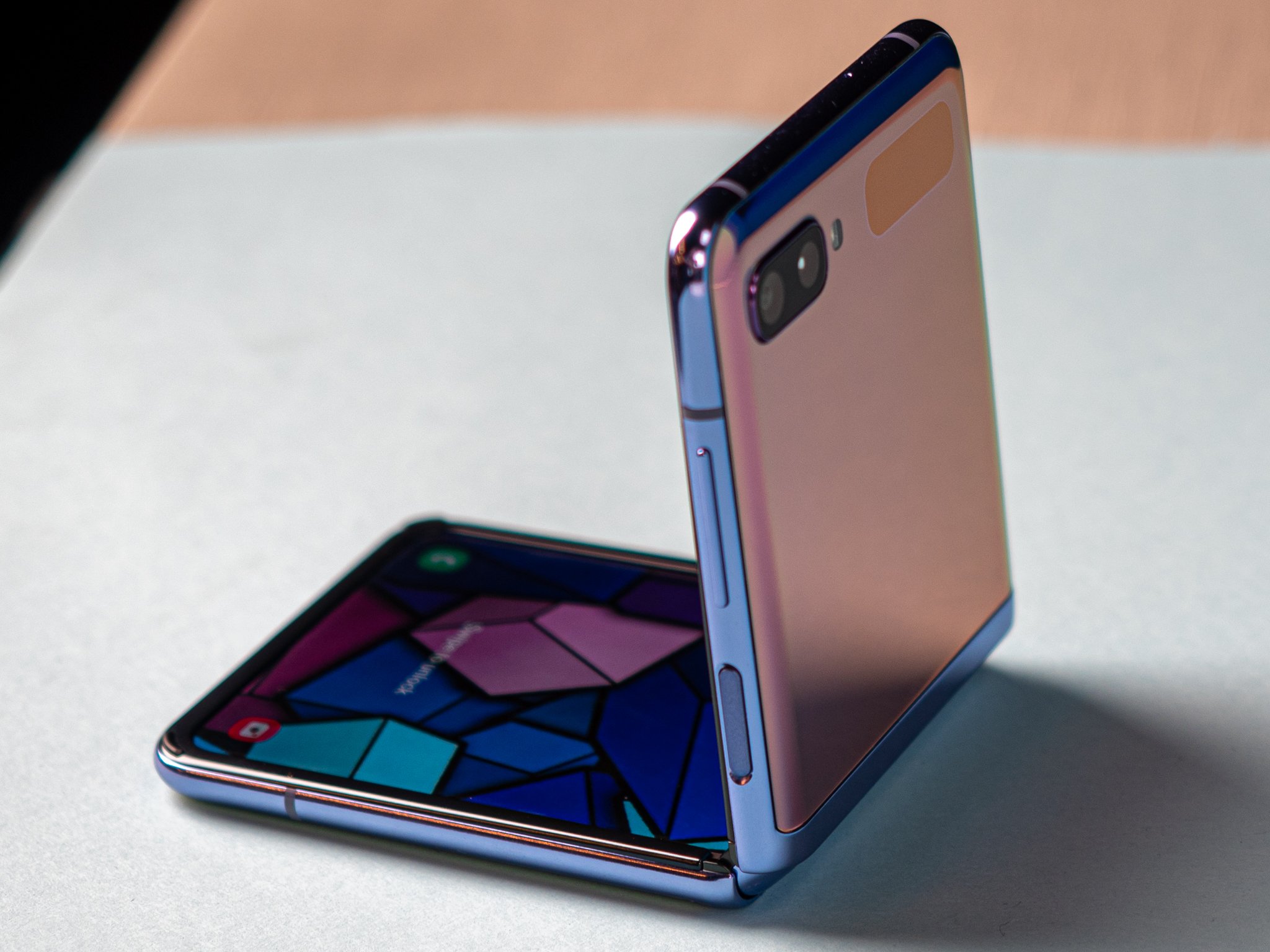
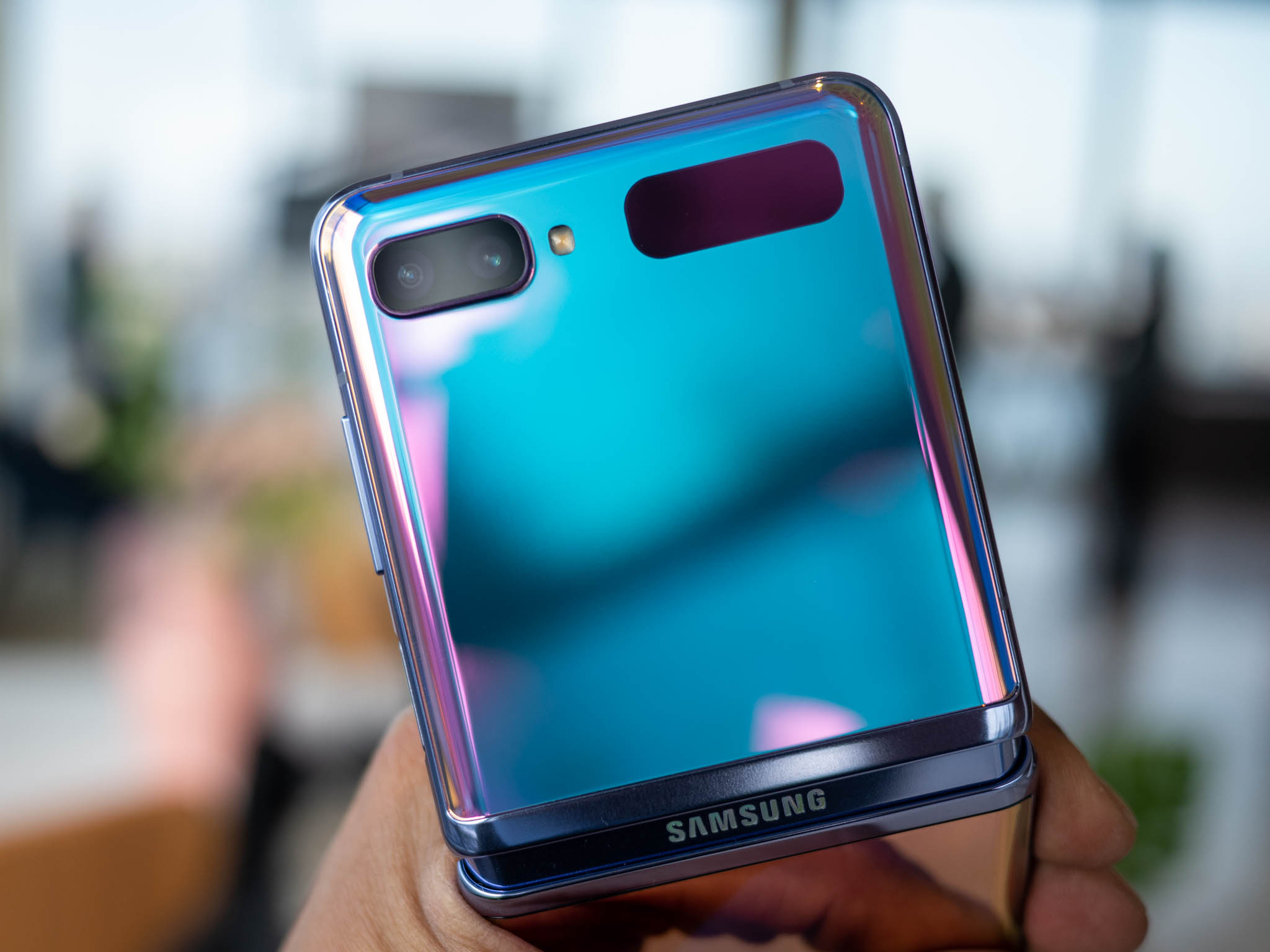
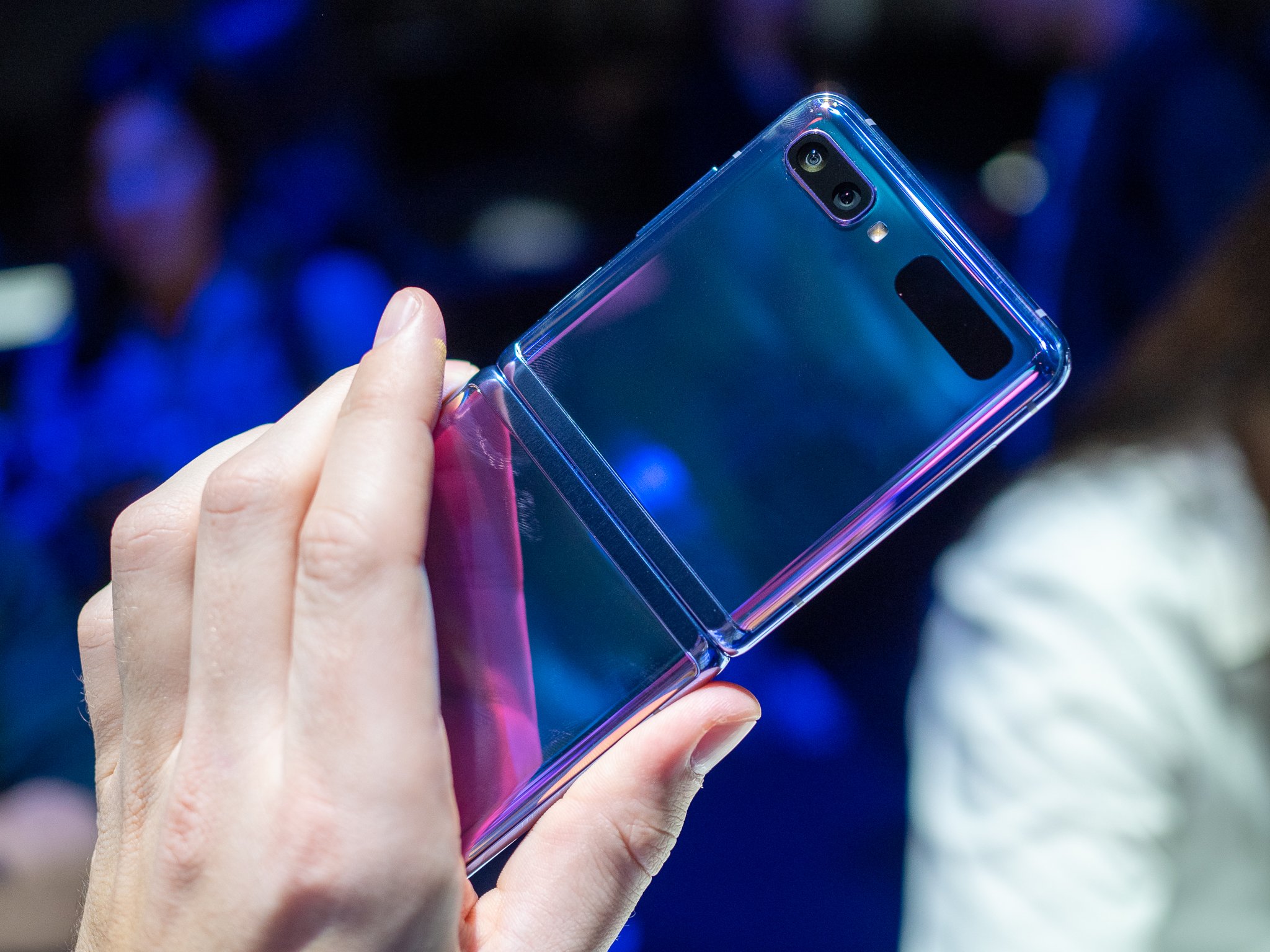
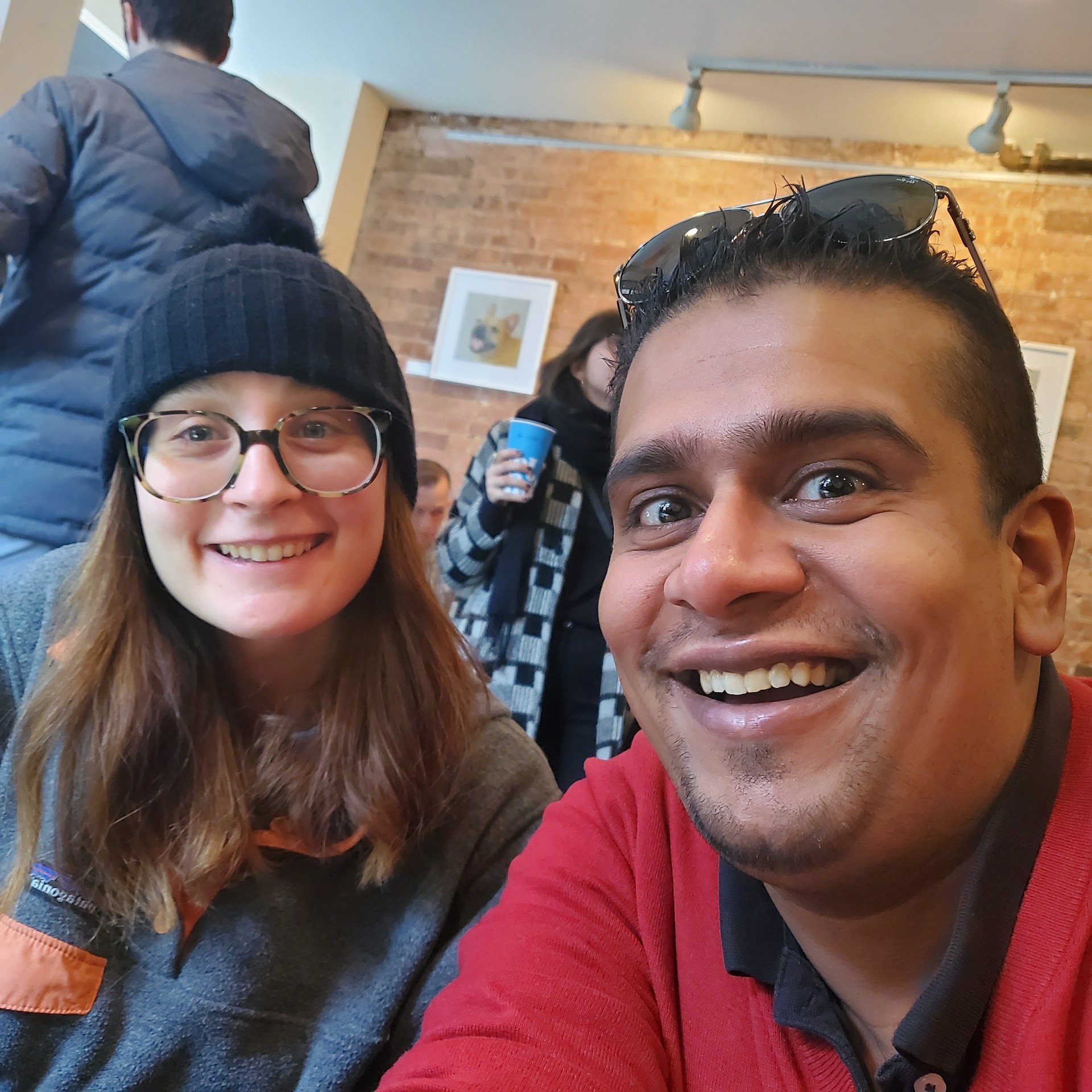





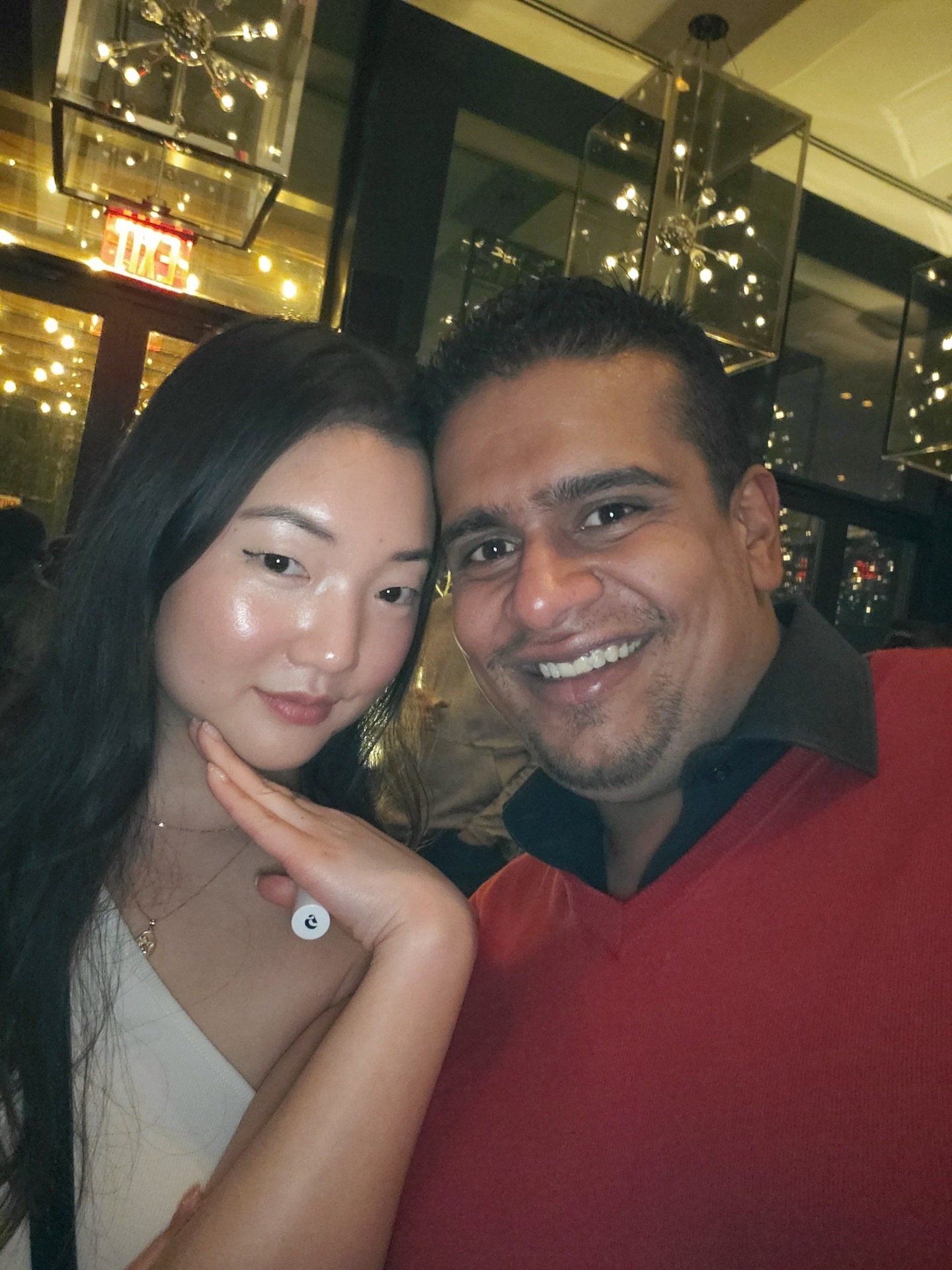





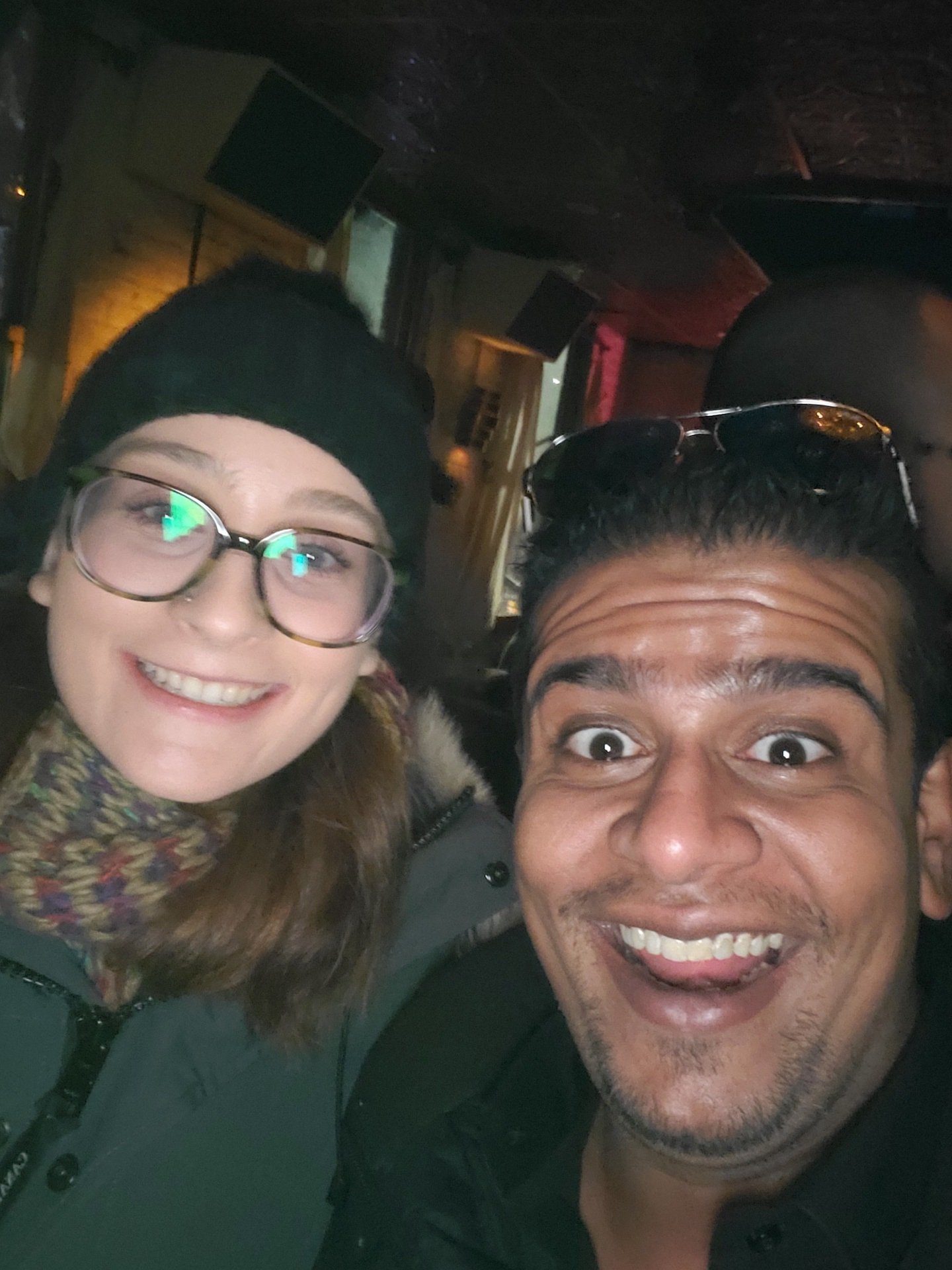





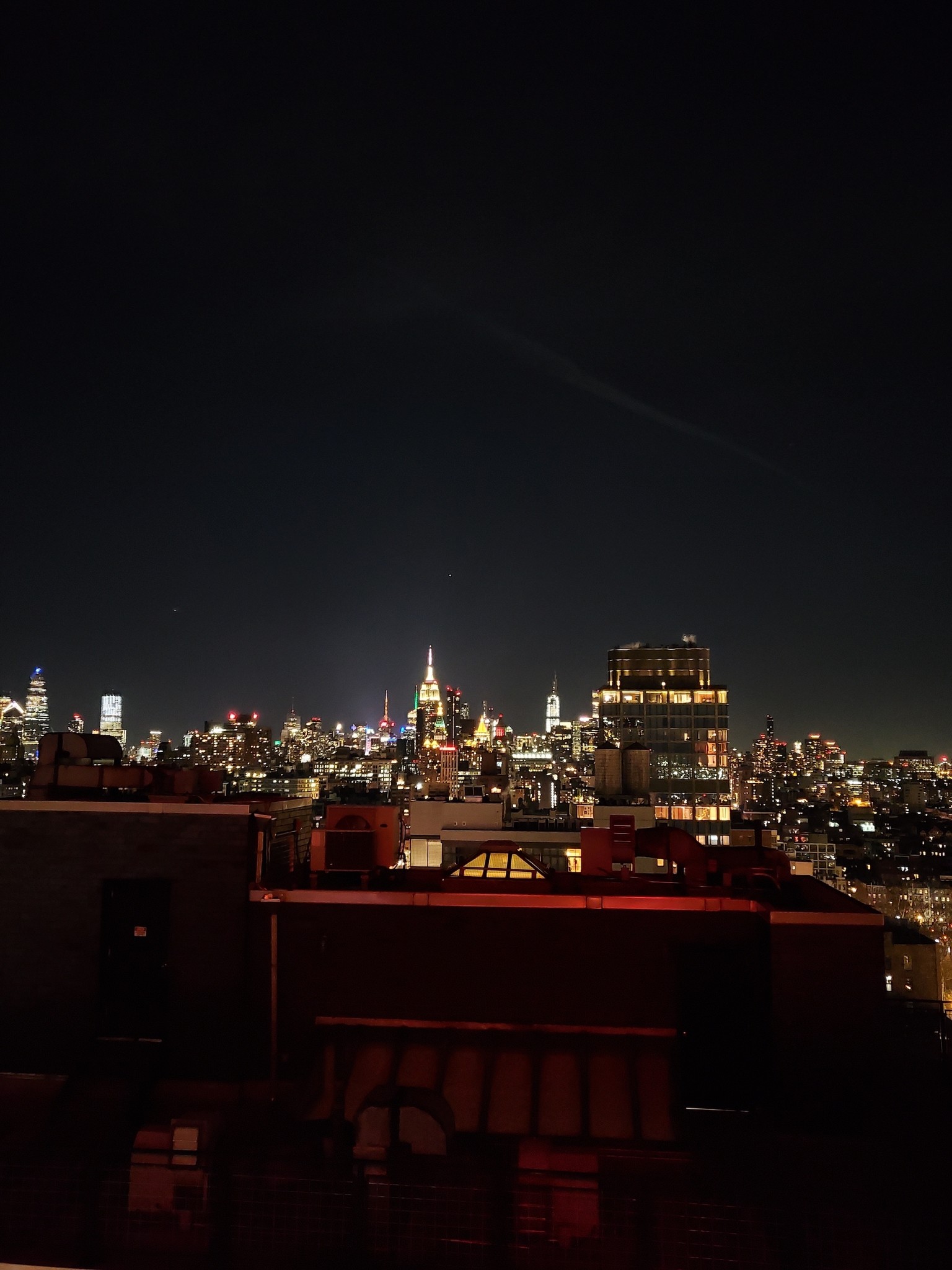
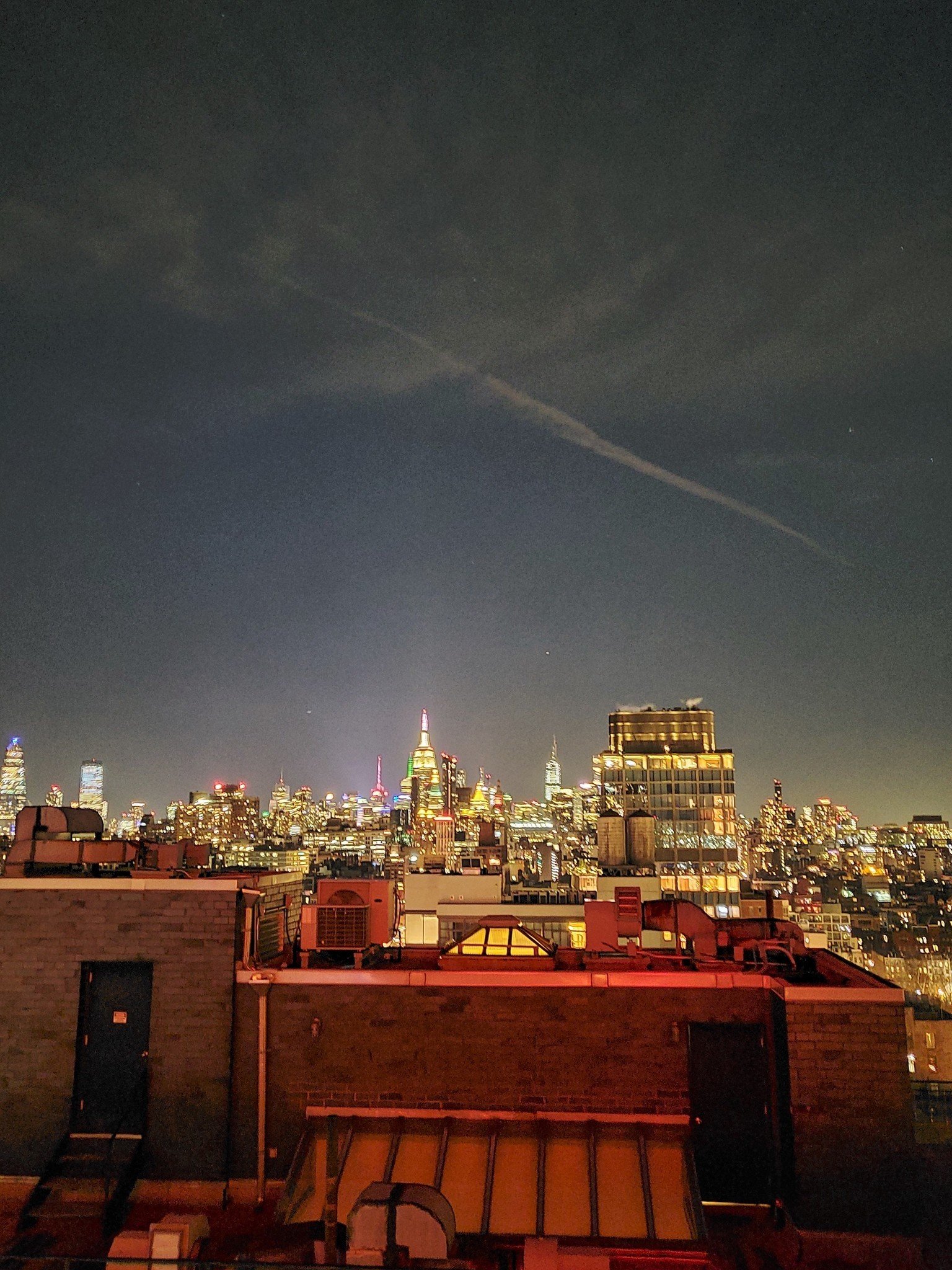
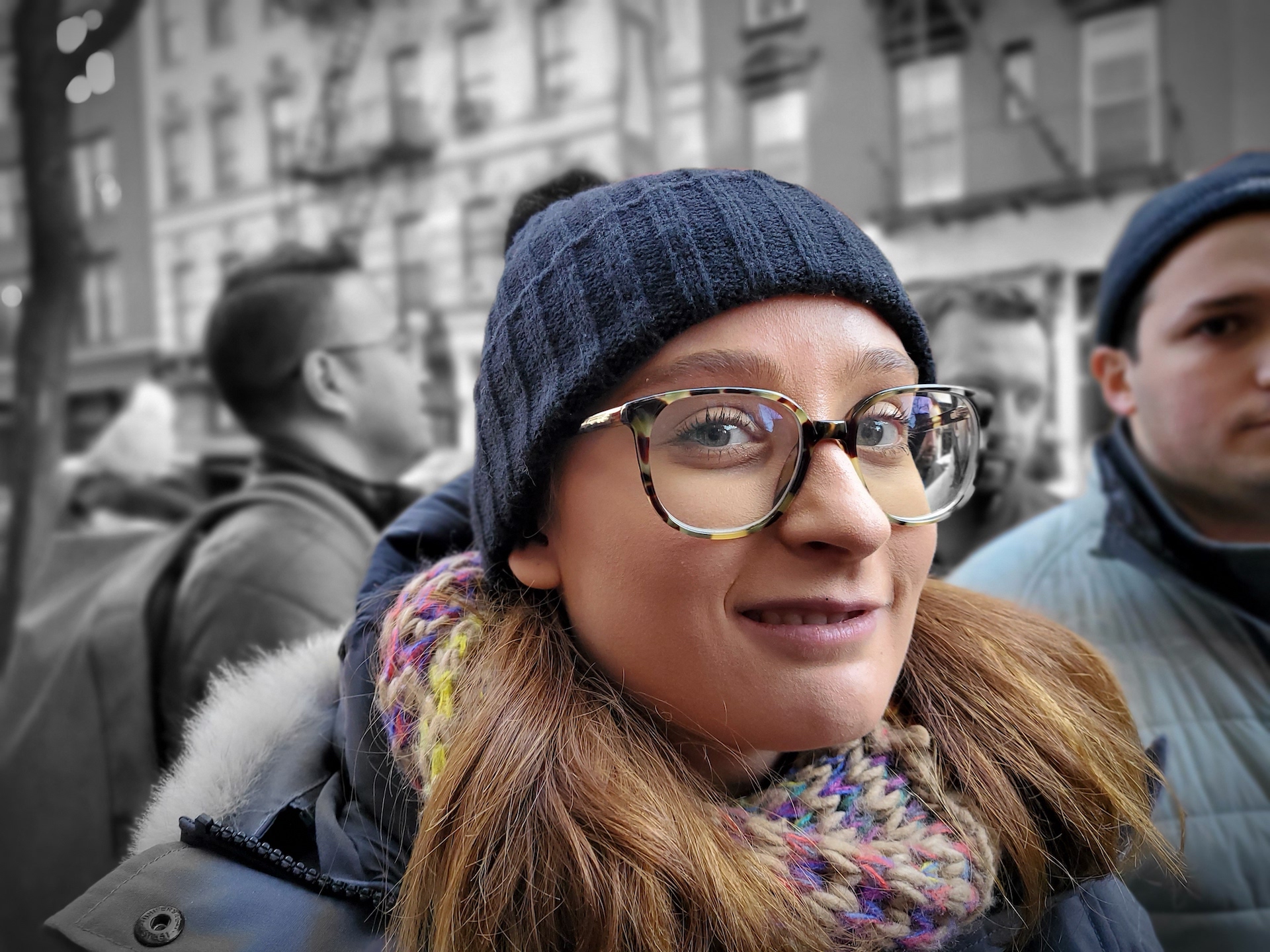

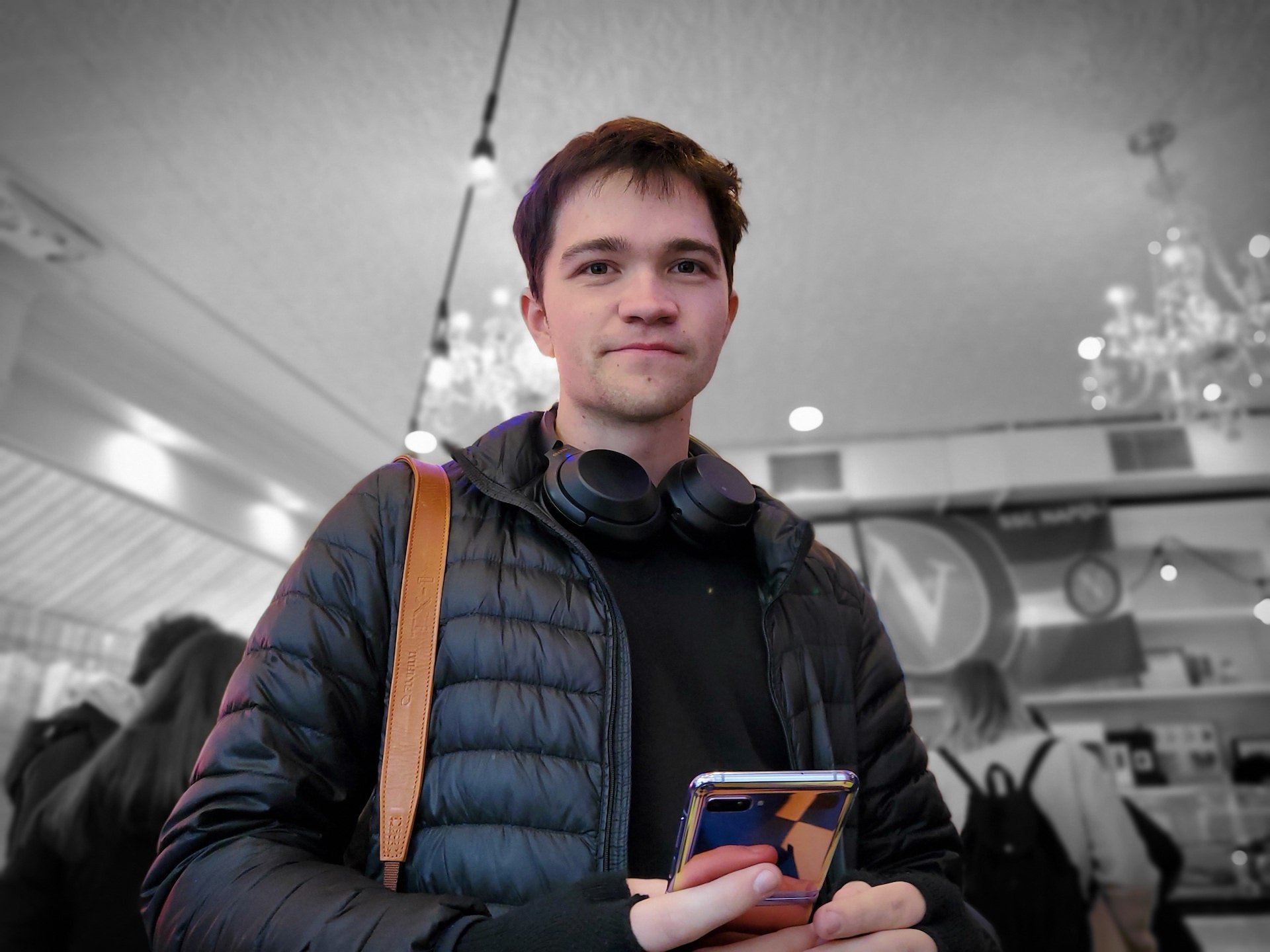








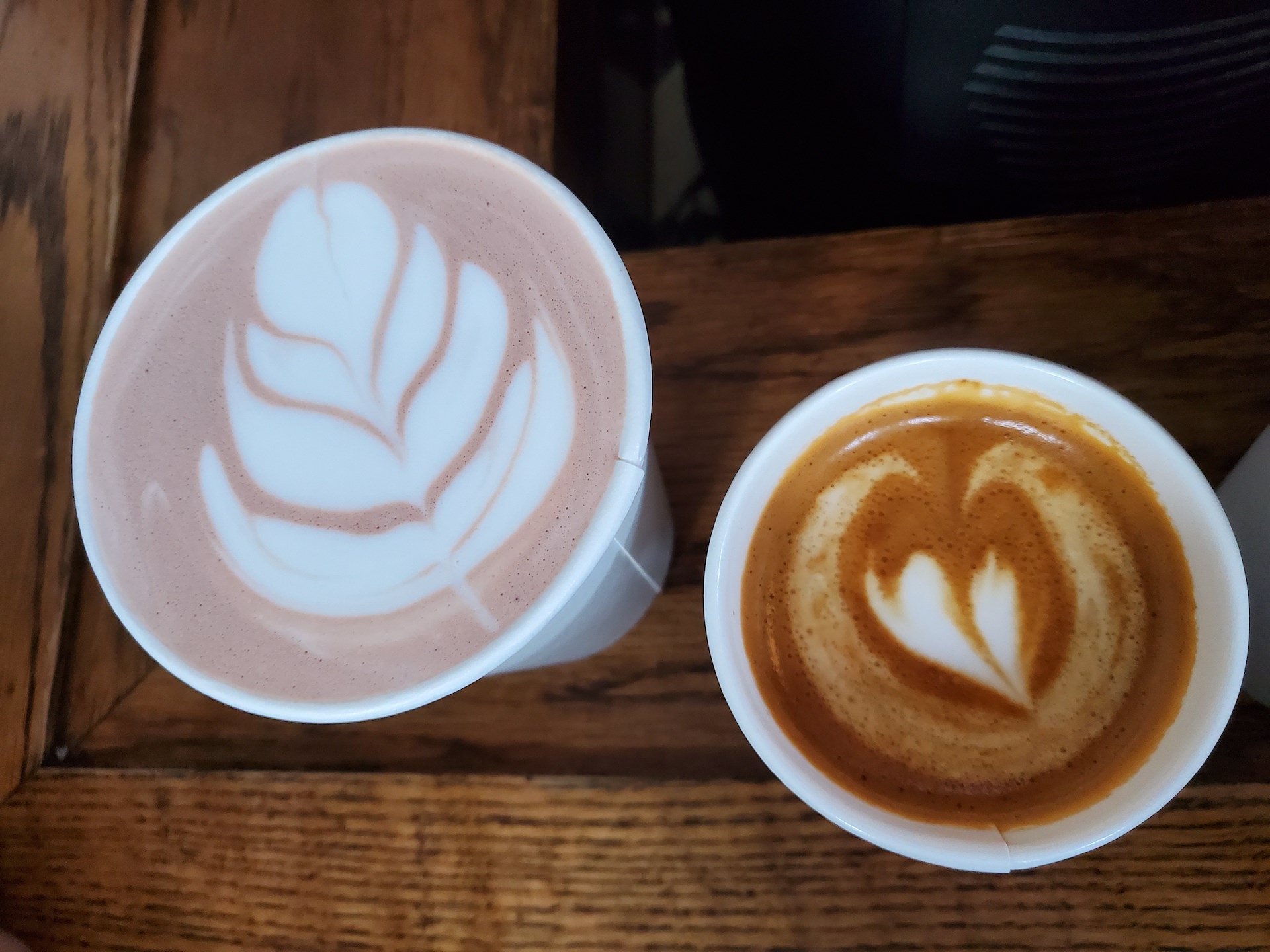

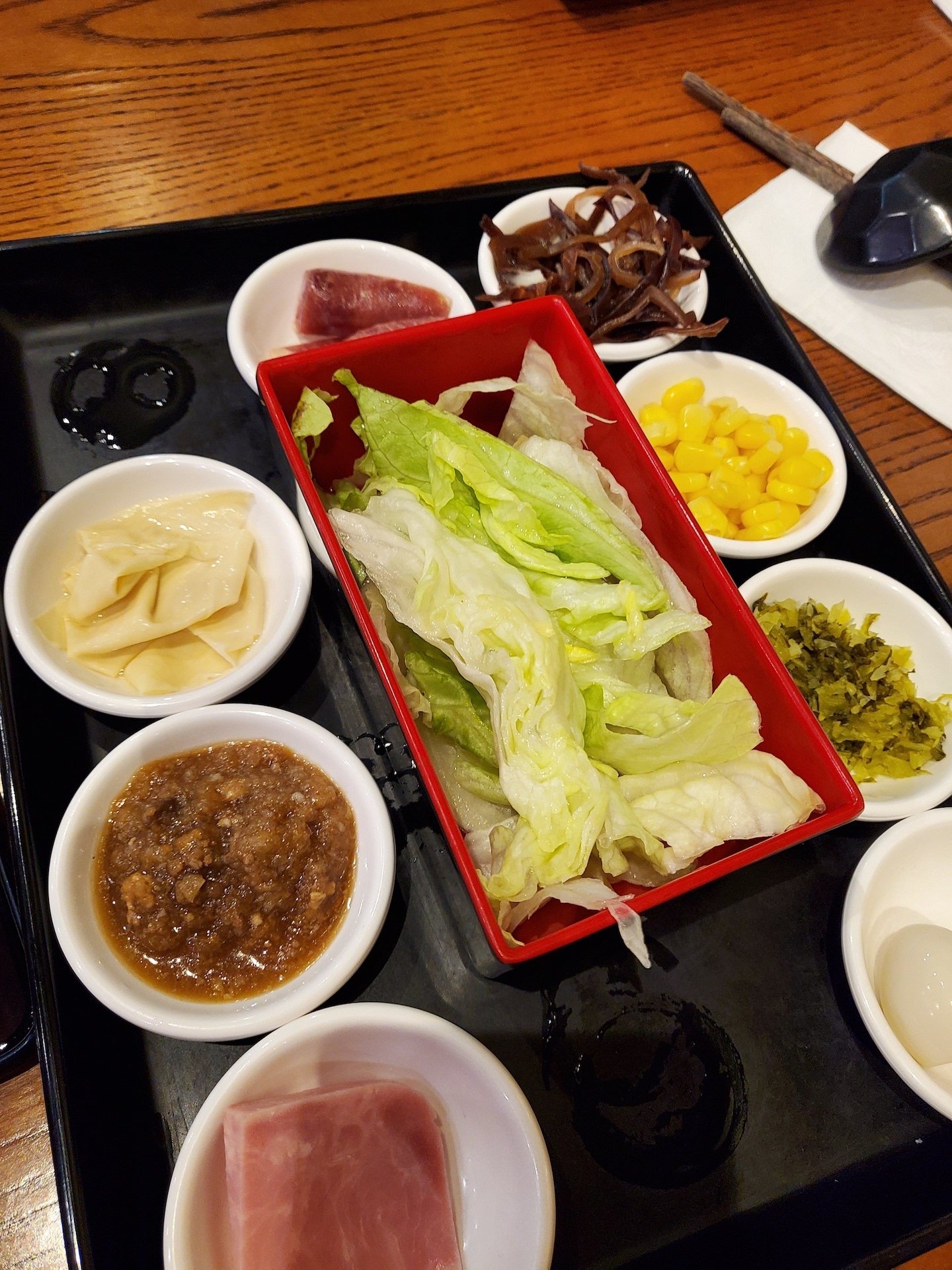
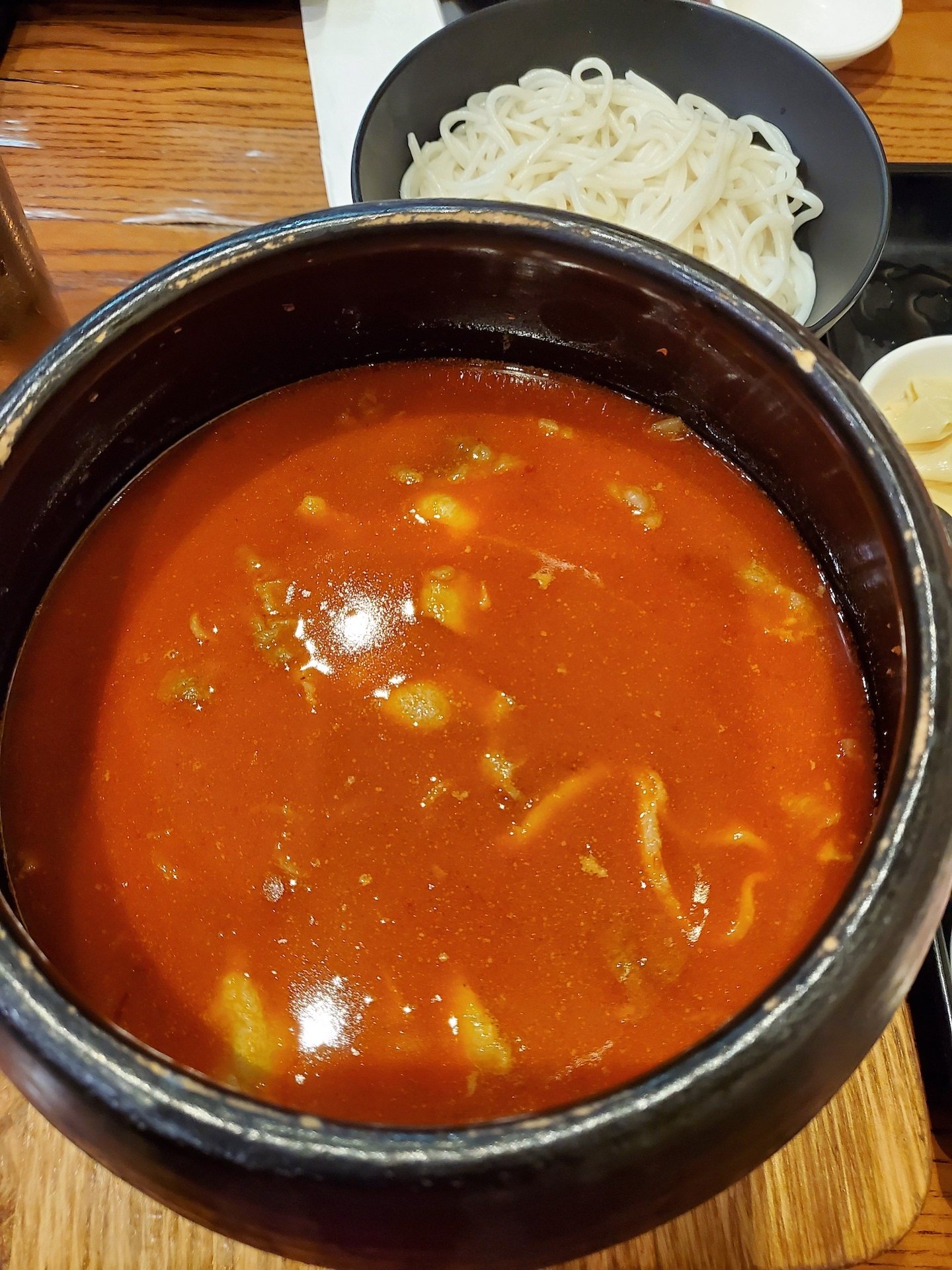



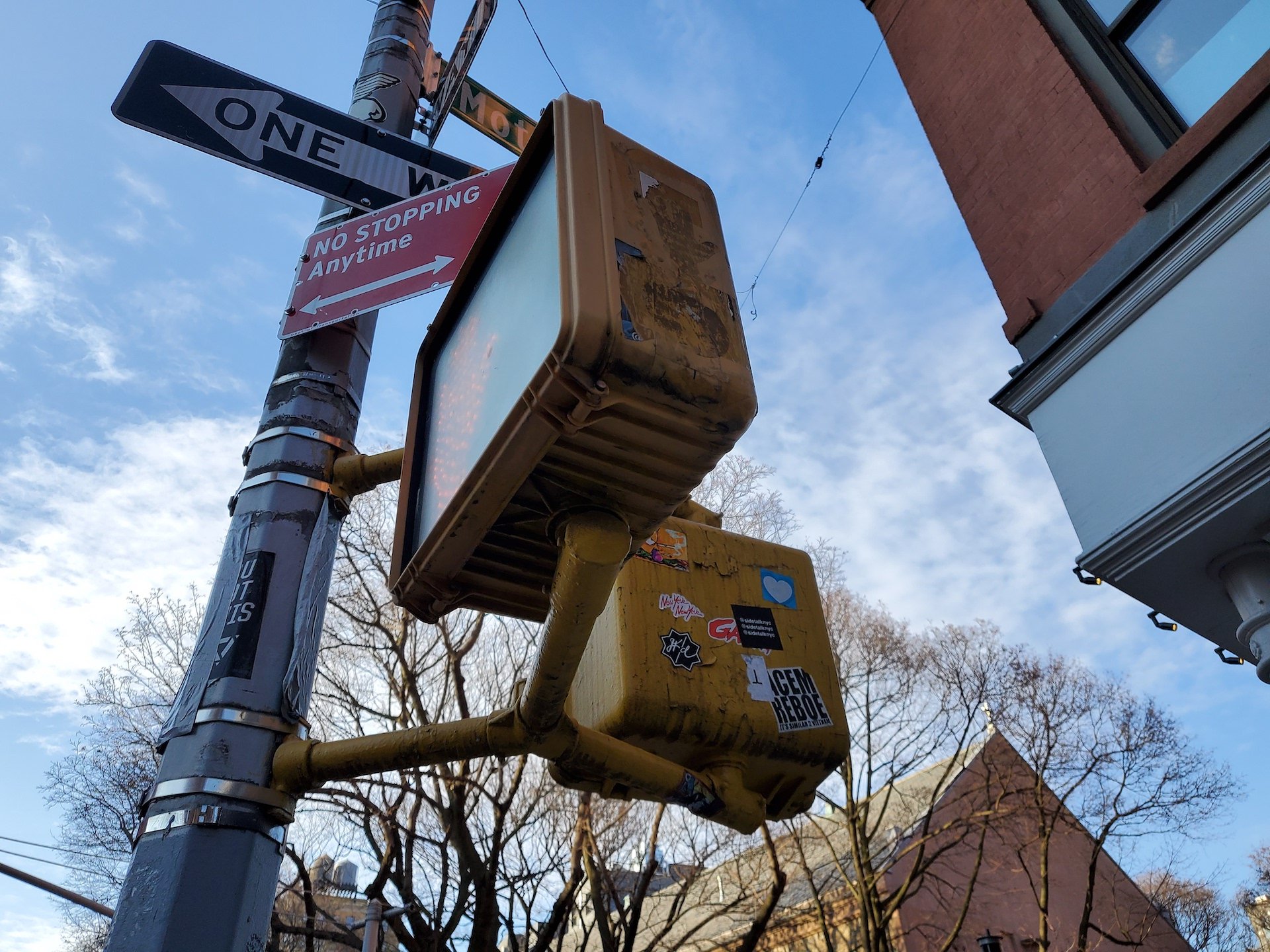
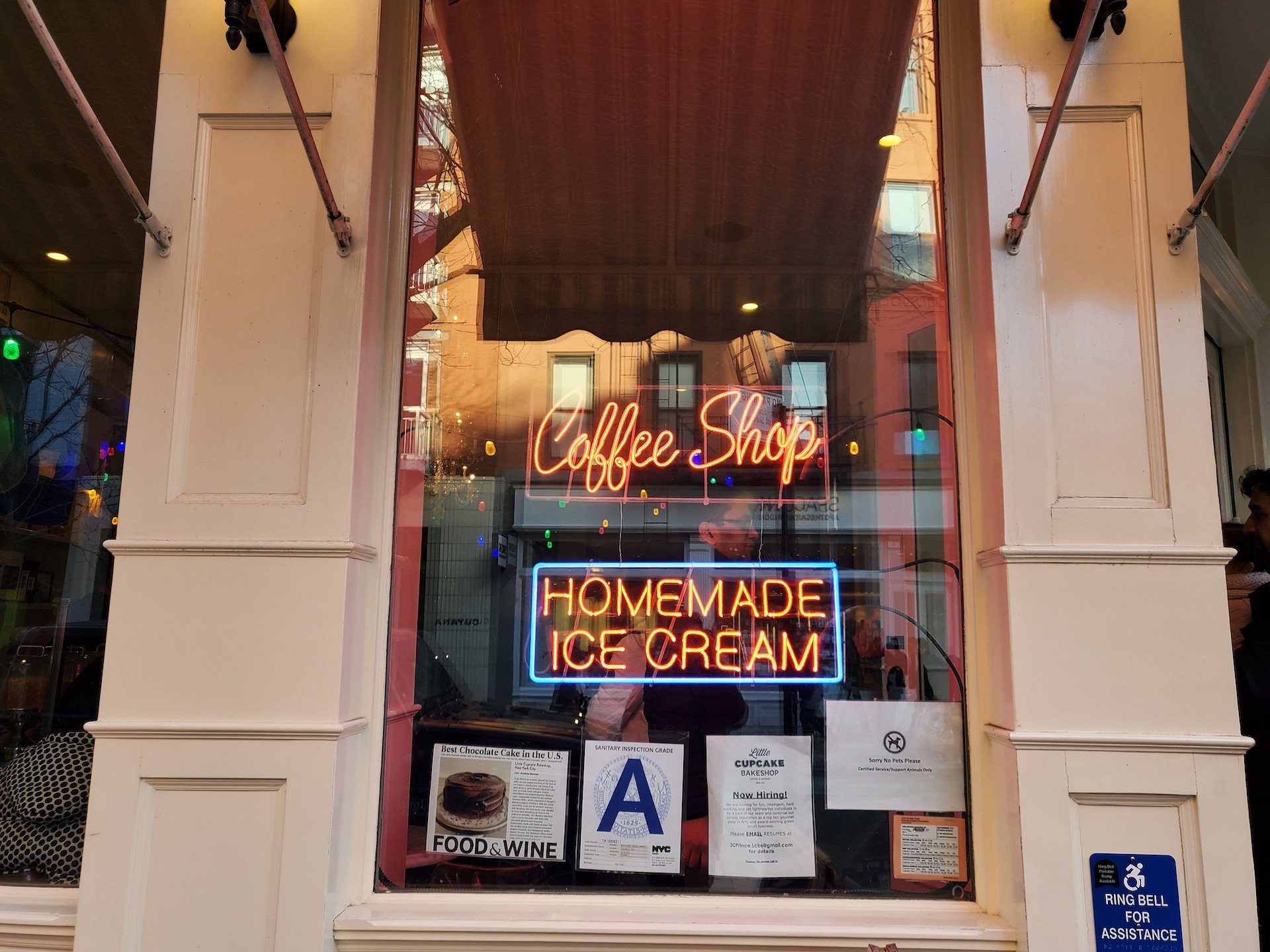
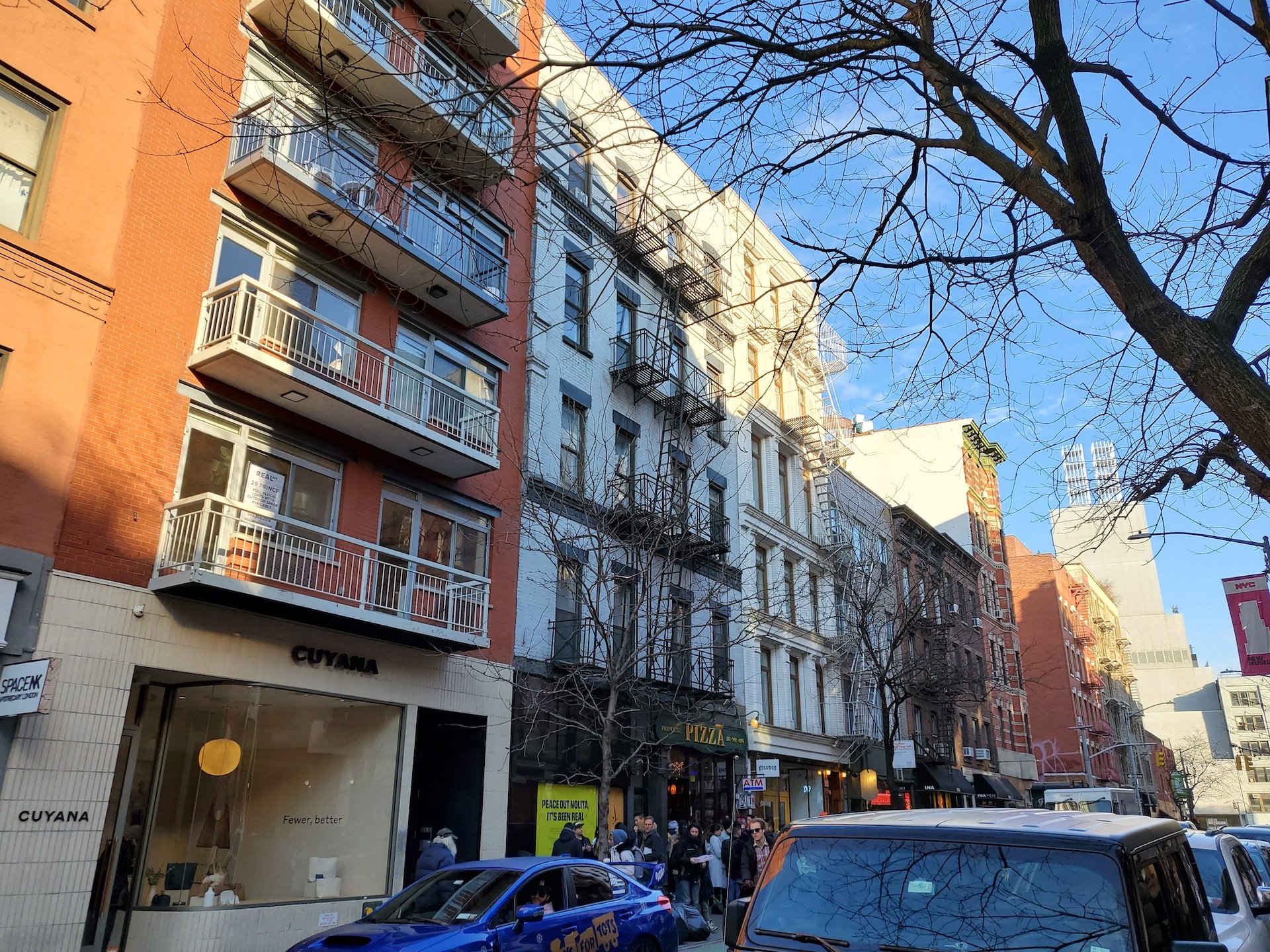
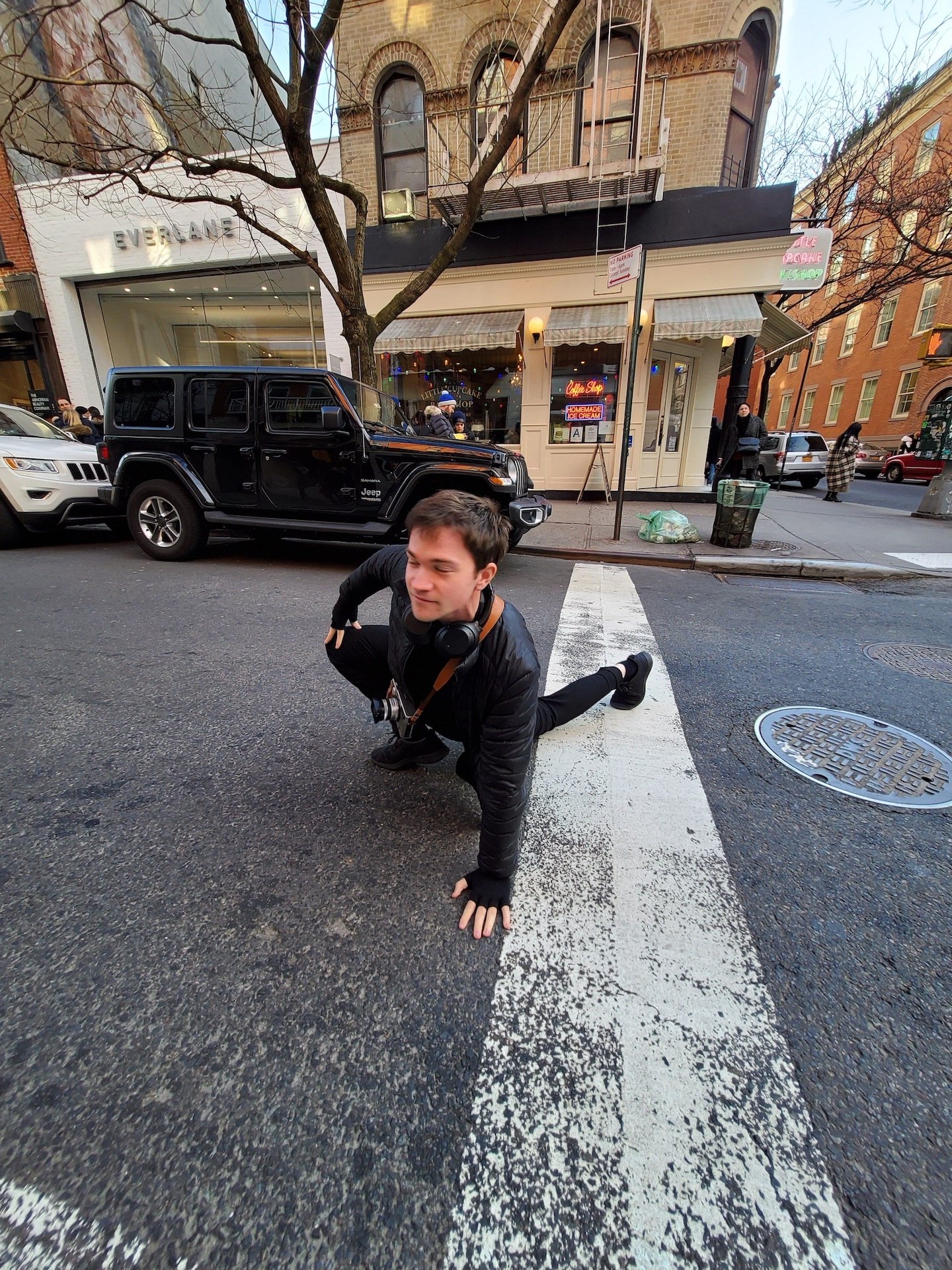
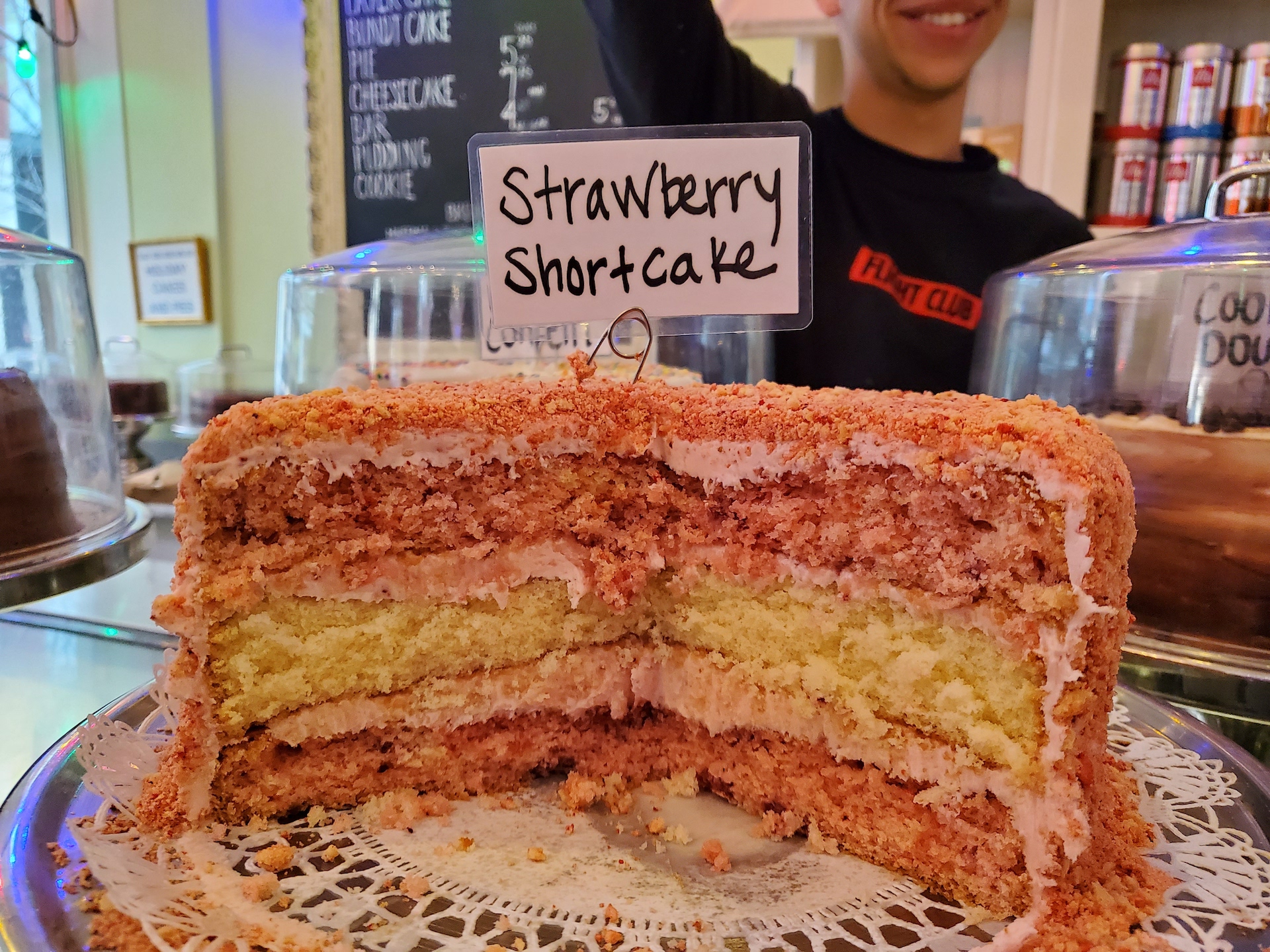




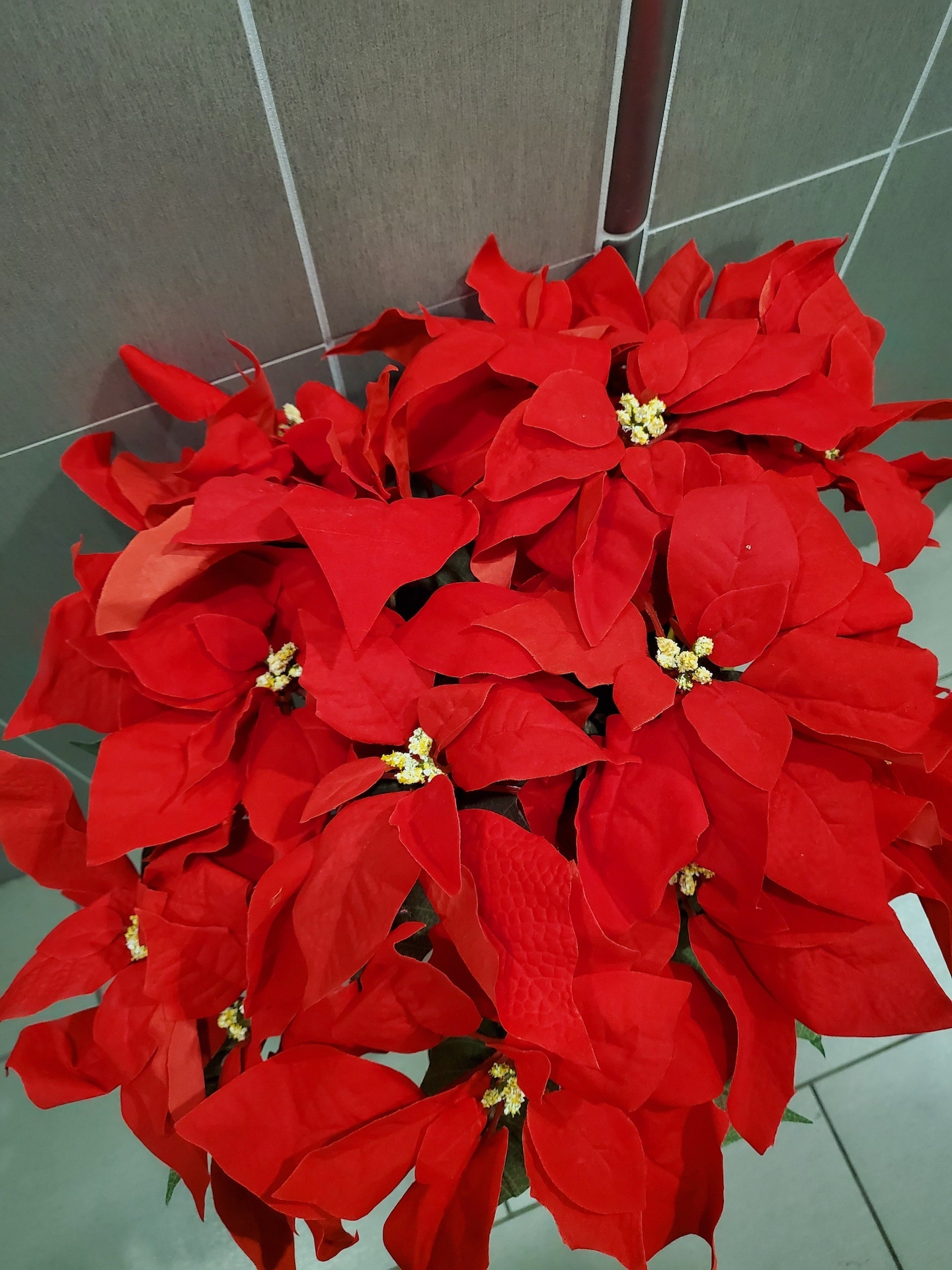
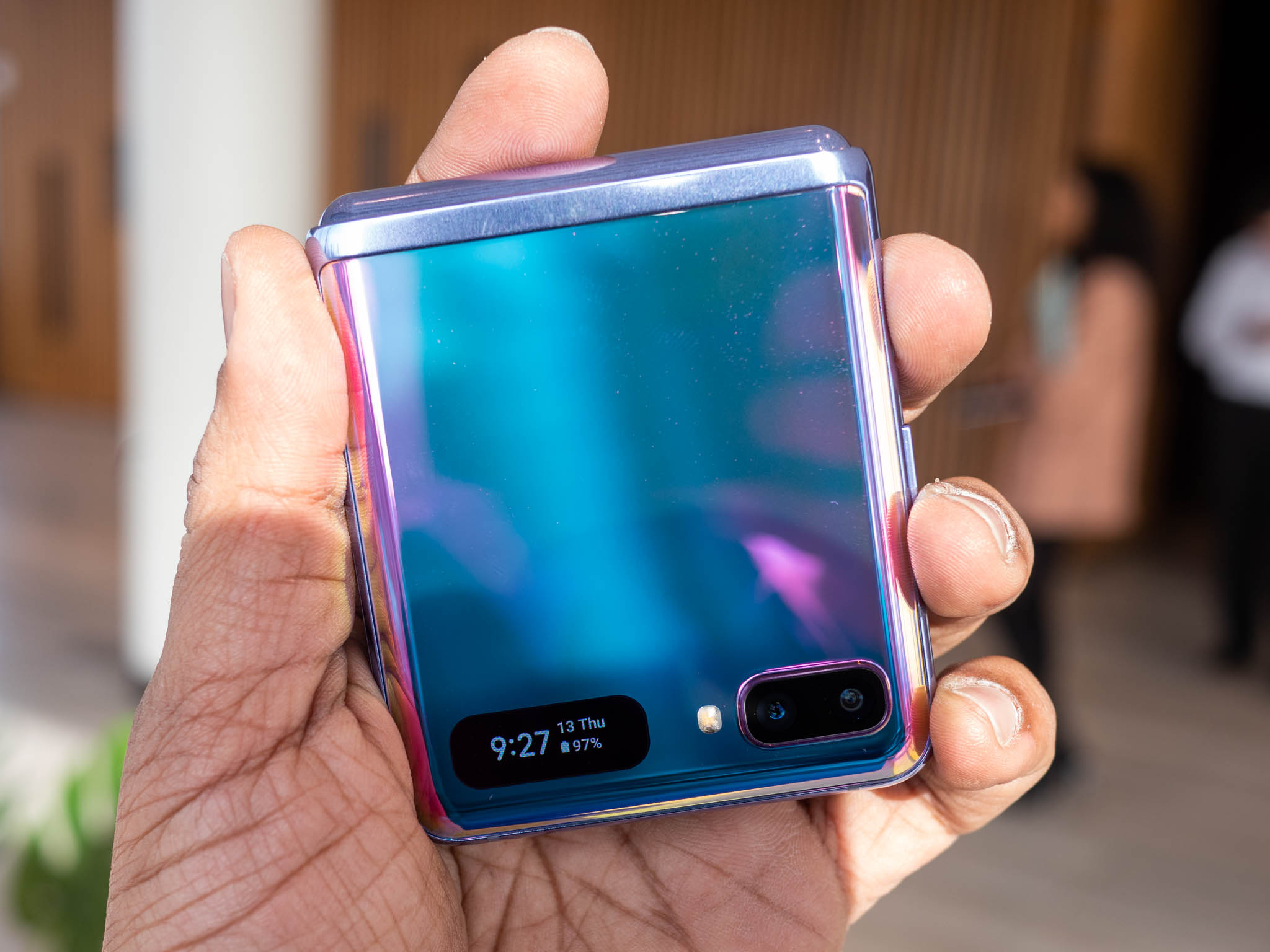
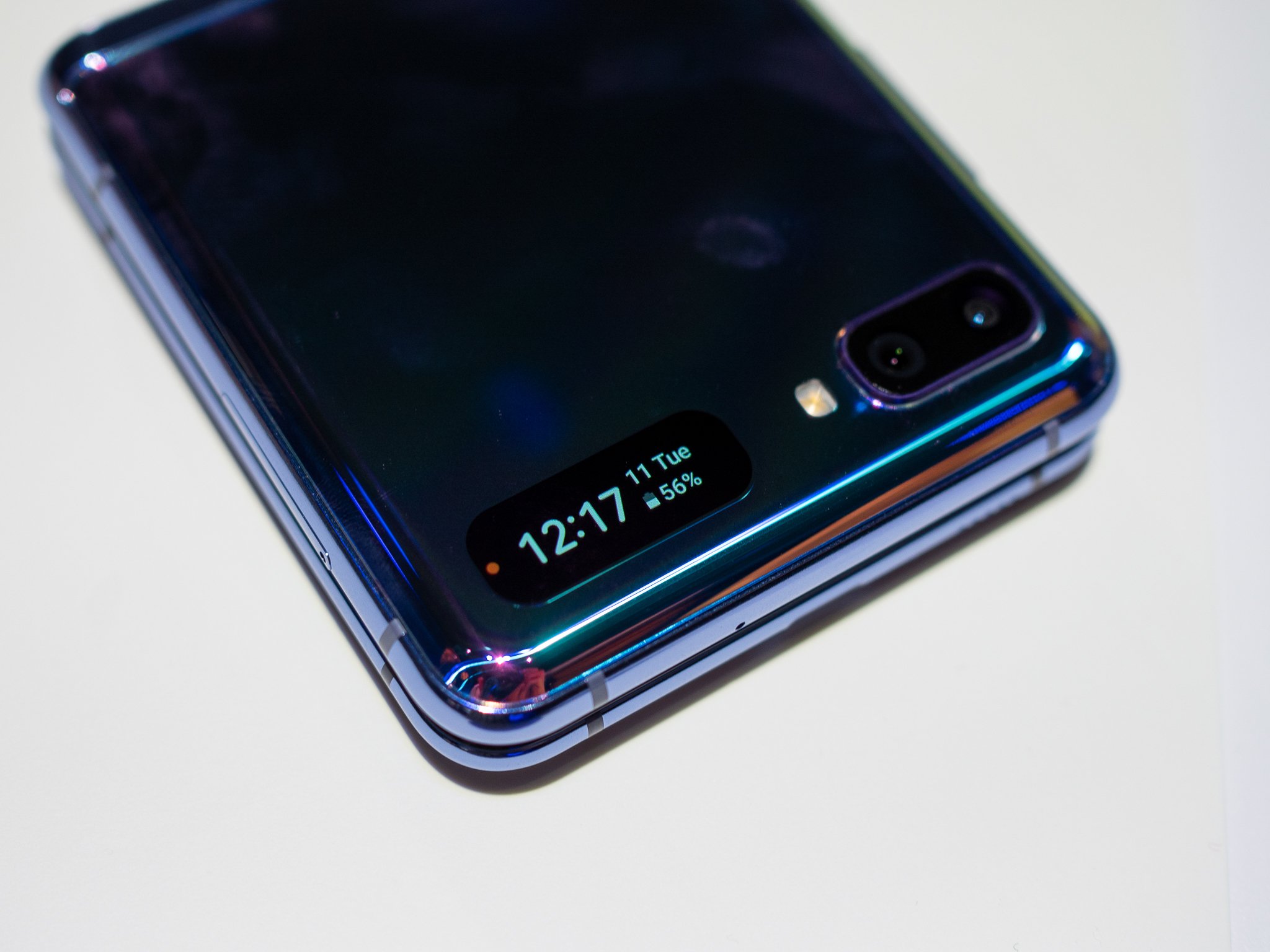
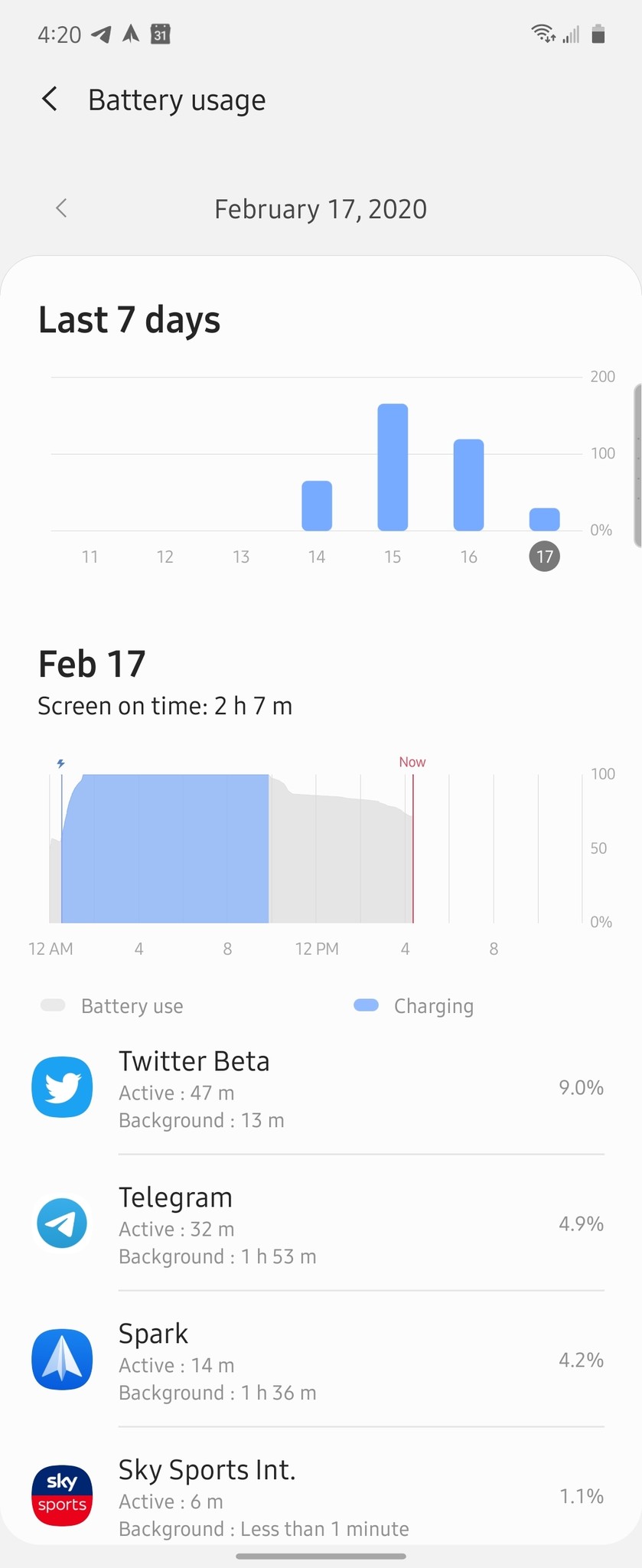
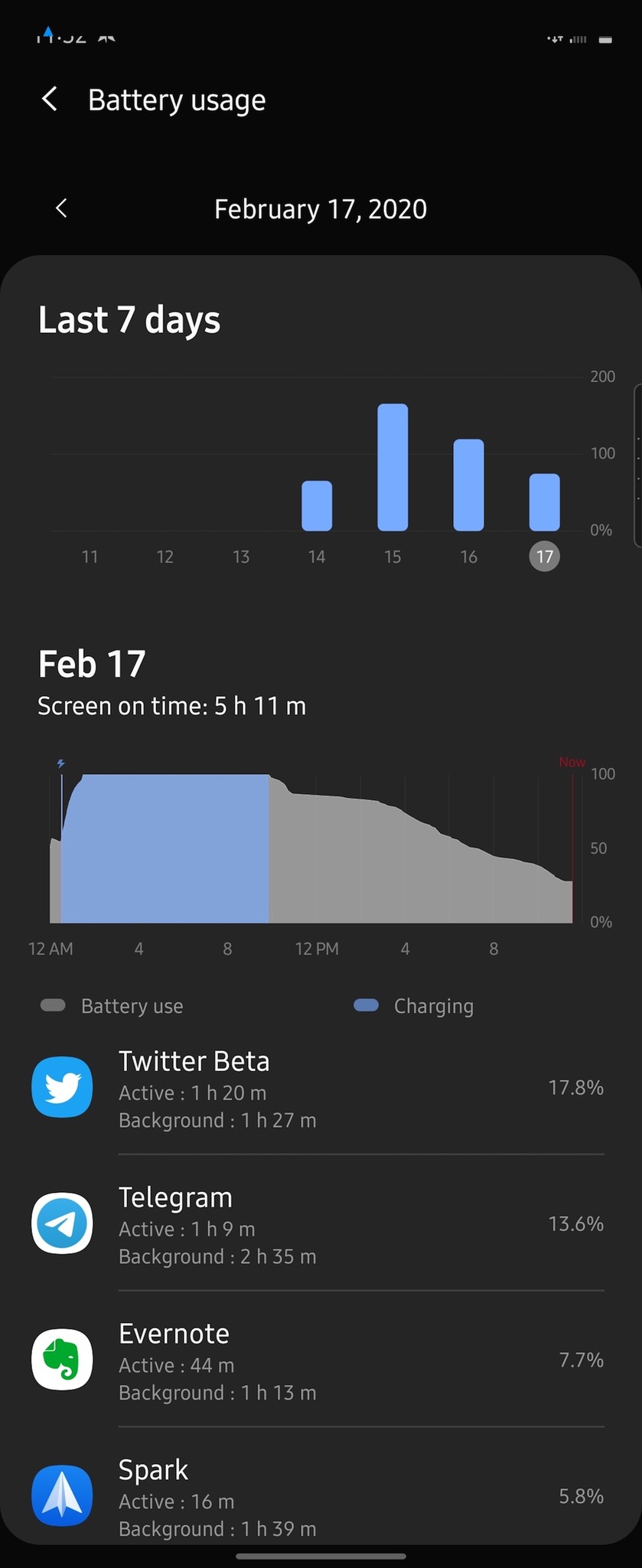
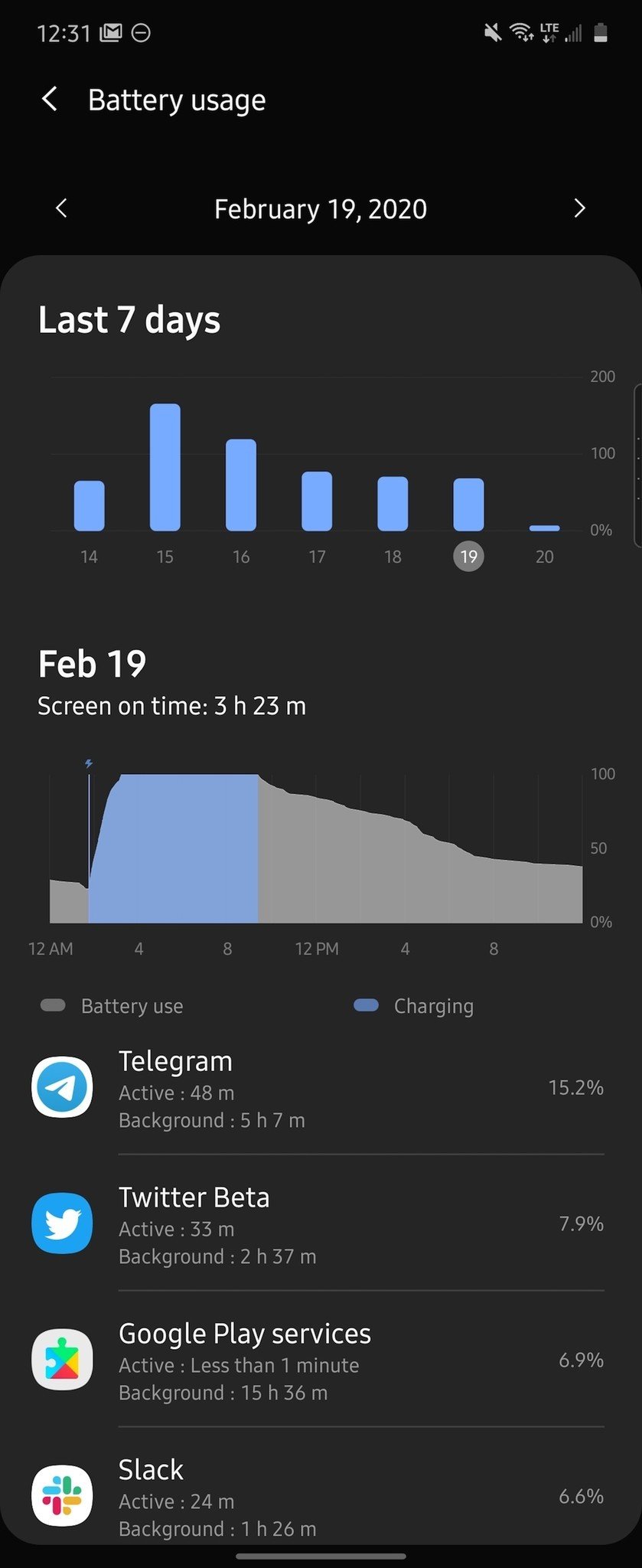
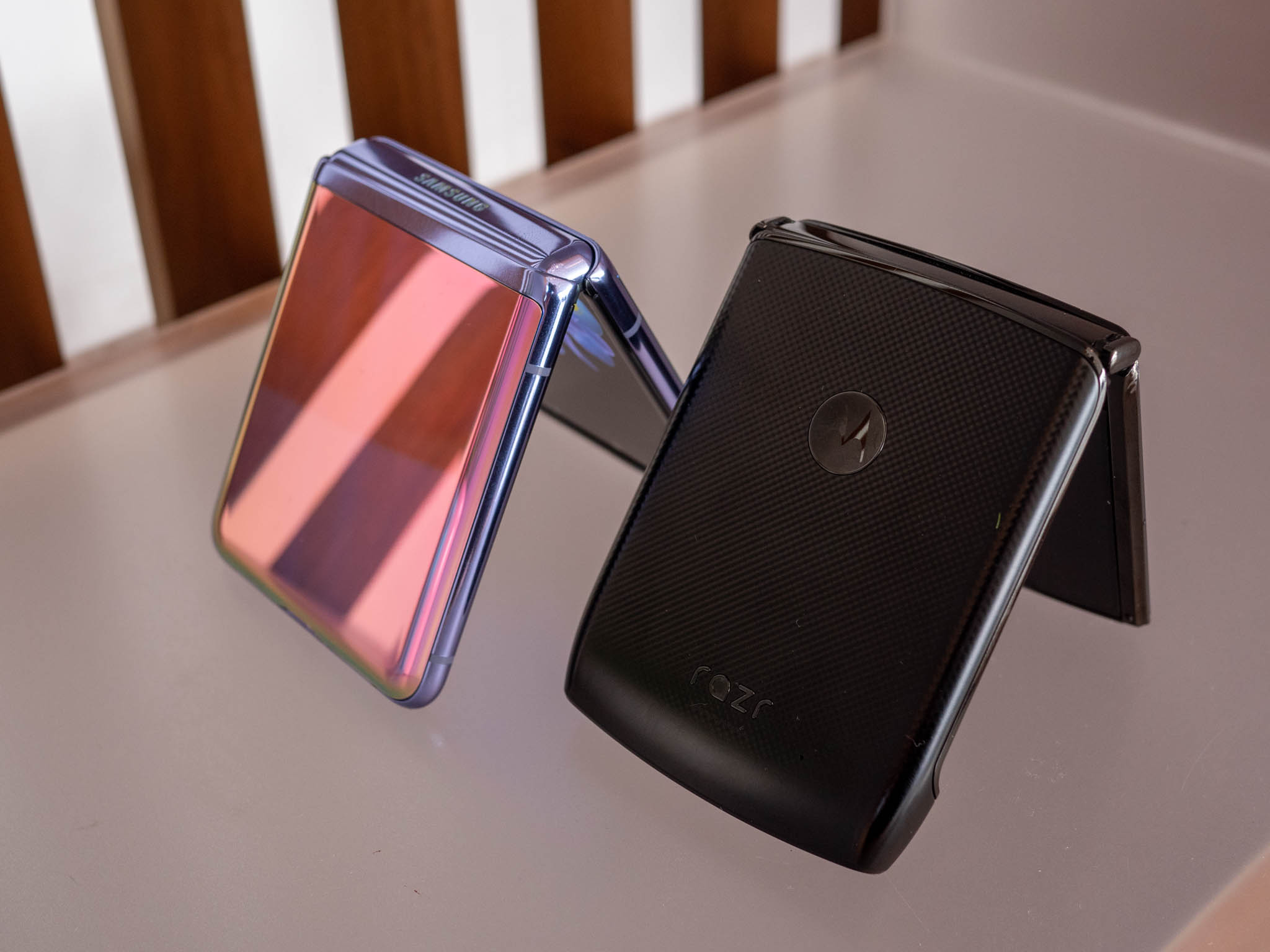
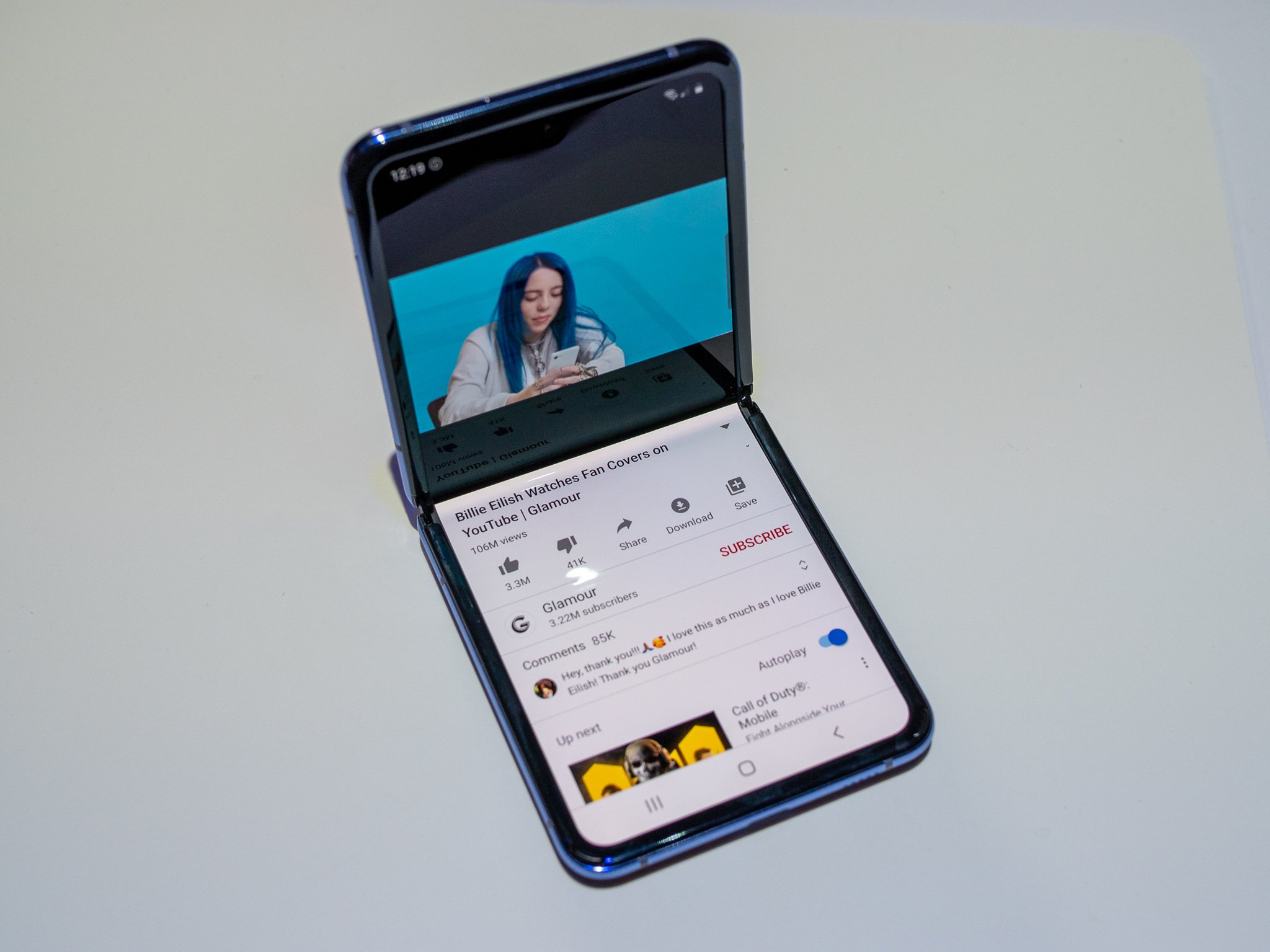






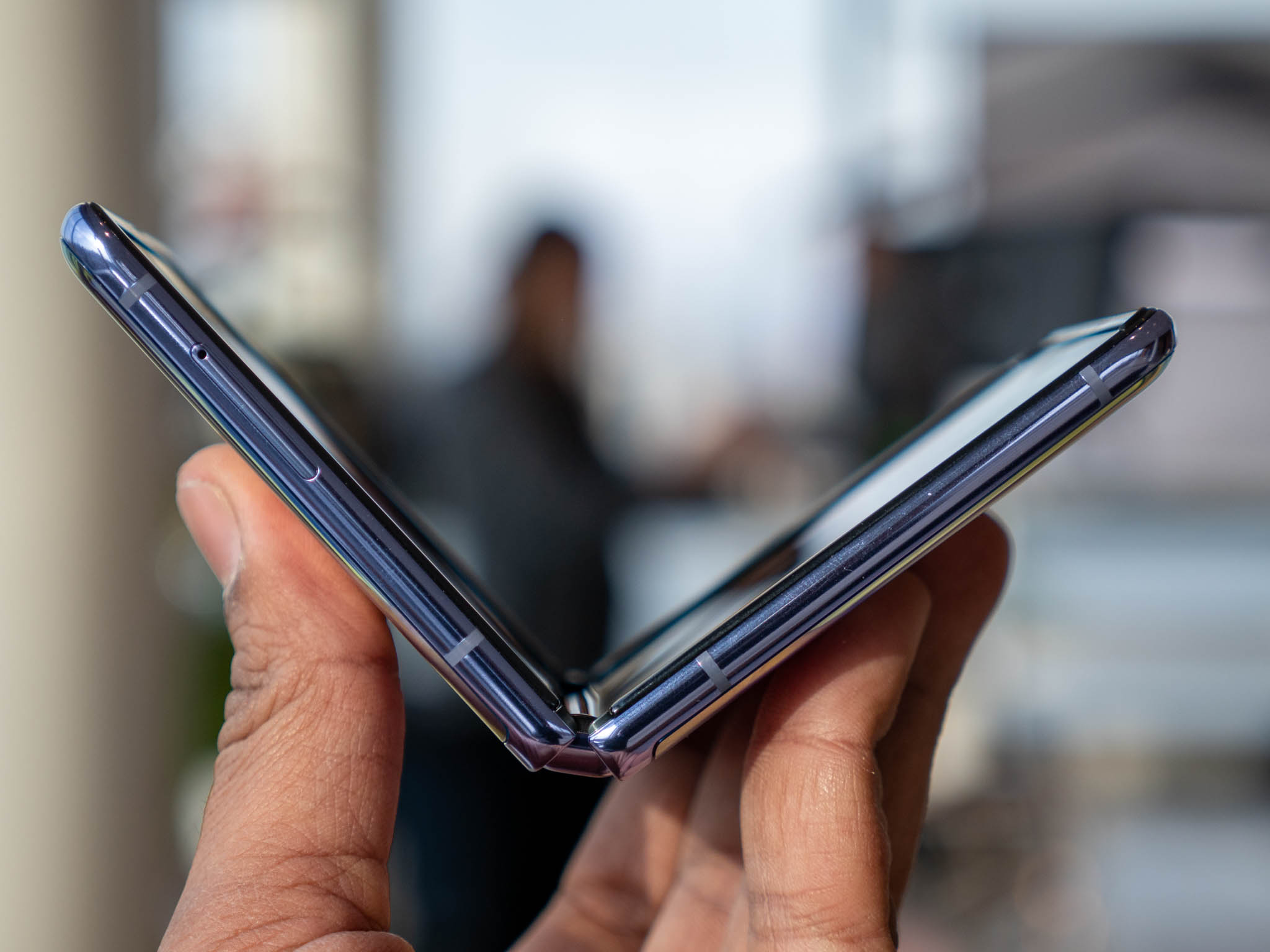
Aucun commentaire:
Enregistrer un commentaire